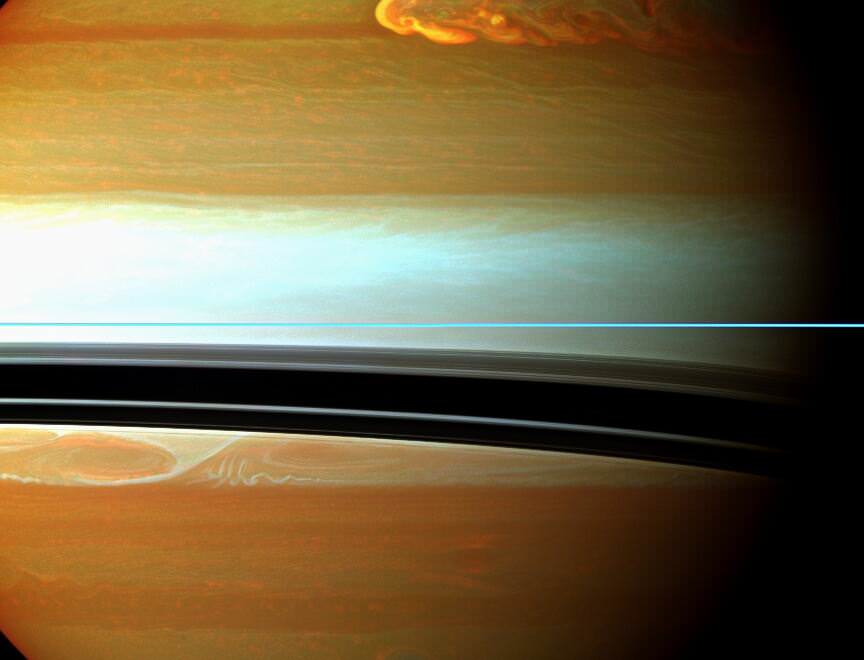What is the atmospheric temperature on the planet Saturn?
What is the average temperature on Saturn?
What is the climate like on Saturn?
What are the temperature extremes on Saturn?
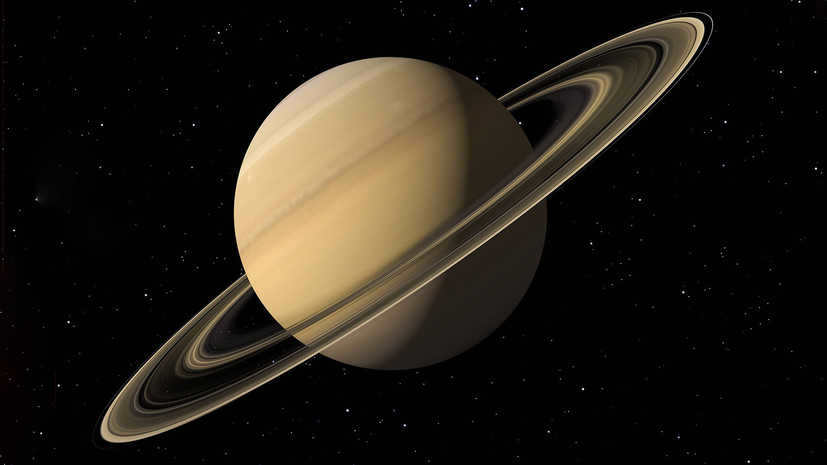
Saturn, the second largest planet in the solar system, is a well-known celestial body not only to astronomers but also to the general public. One of the main features that sets Saturn apart is its extensive and distinct rings, which have made it an iconic symbol of the planet. As one of the most distant celestial bodies from Earth, Saturn can be observed in space without the need for special equipment, which has allowed for extensive observation and research over the years. Scientists have been able to gather various data and information about Saturn, including its surface temperature.
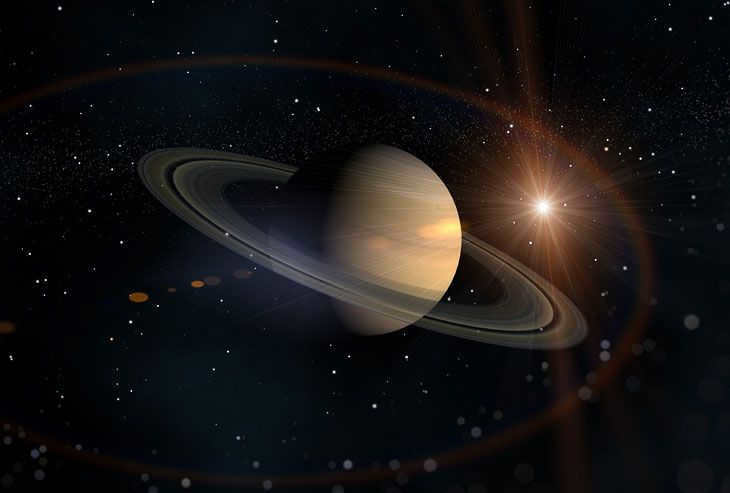
What is the temperature on Saturn
To determine the average temperature on Saturn, you can take into account all temperature indicators of the planet and calculate their arithmetic mean, which turns out to be -160 degrees Celsius. However, this value does not provide a comprehensive understanding of the temperature on the gas giant. The temperature on Saturn varies depending on the depth level of its layers.
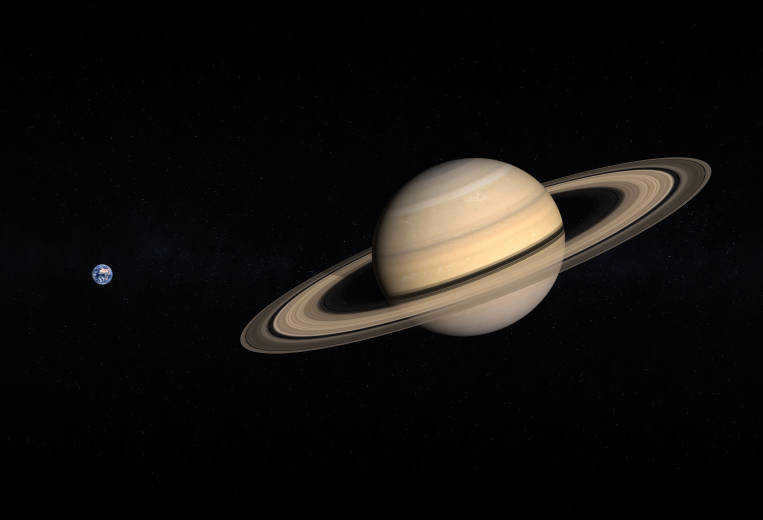
Determining the temperature regime is a straightforward task when there are distinct boundaries in the upper layers.
However, if these boundaries are not present, it becomes impossible to do so definitively. In order to comprehend how the temperature fluctuates on Saturn, one must first examine the layers that compose this gaseous planet. The upper portion, known as the atmosphere, displays negative temperatures.
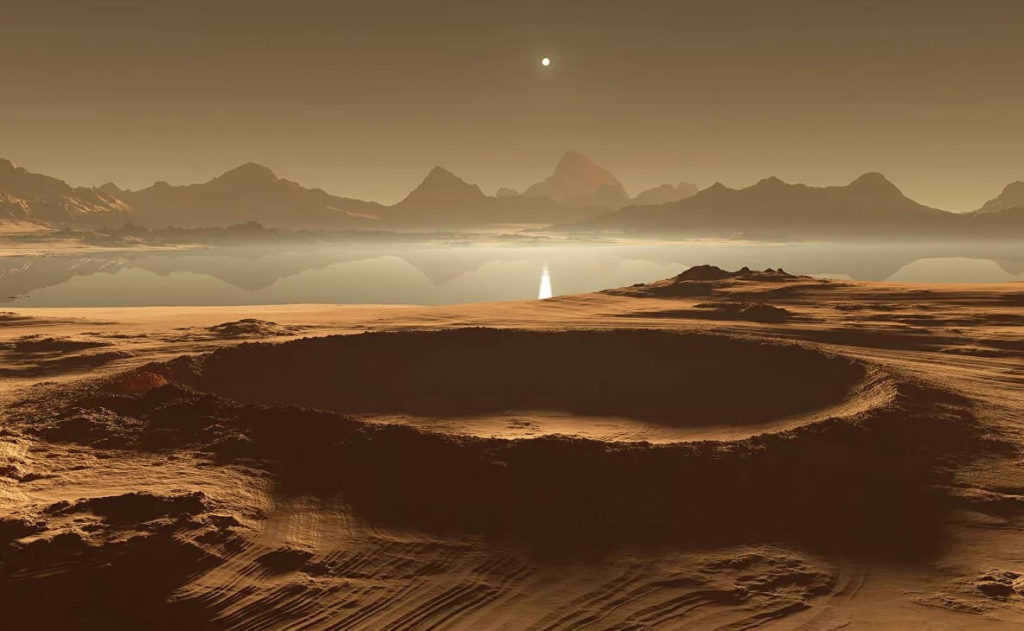
The upper layer of Saturn has an average temperature of -160 degrees Celsius, while certain areas on the planet reach as low as -170 degrees Celsius. In contrast, the more distant parts of Saturn experience higher temperatures due to the strong pressure exerted on them, resulting in positive values.
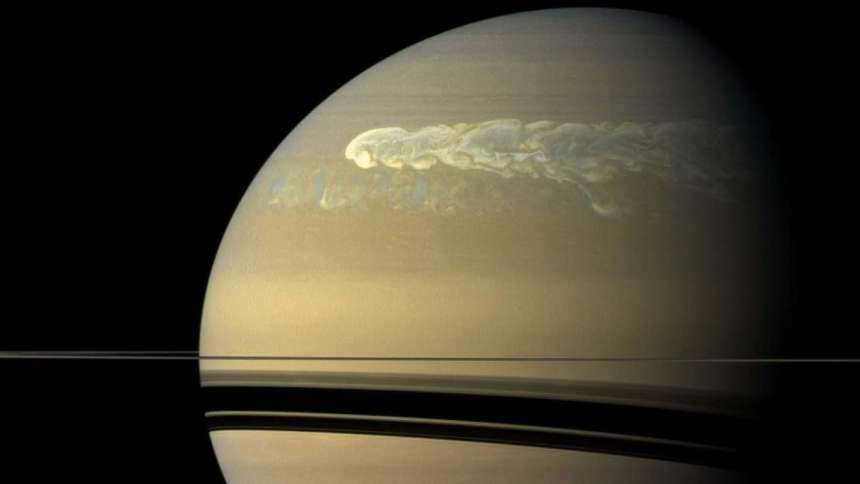
Temperature values in the lower regions can reach an astounding 5000 degrees Celsius. When heated to these extreme levels, the lower layers transform into a viscous lava before solidifying into a unique substance known as metallic hydrogen. The highest temperatures are found near the core, where the temperatures can reach a scorching 11700° C.
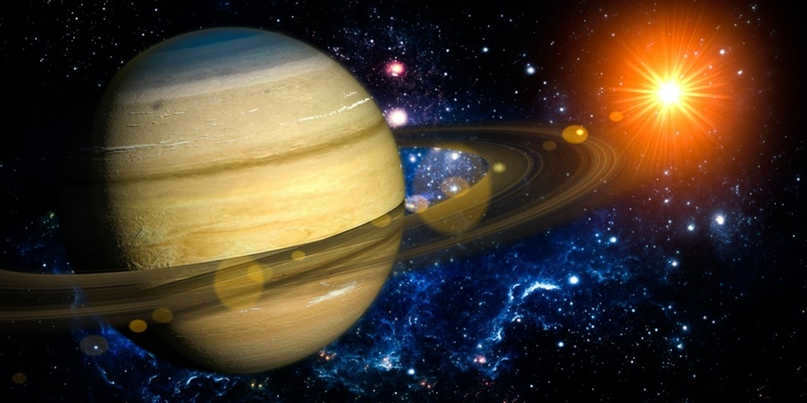

Additionally, the heat produced by Saturn itself is of significant significance in determining its temperature. The planet generates an internal heat that surpasses the energy it receives from the Sun by a magnitude of 2.5.
Saturn’s daytime and nighttime temperatures
A complete rotation on the planet Saturn takes 10 hours 3 minutes 29 seconds. The movement of air masses on Saturn can reach speeds of up to 1800 km/h. Saturn completes one orbit around the sun every 29.36 years. What is the distance between Saturn and the sun? The Sun’s rays have to travel a distance of 1427 million kilometers to reach and illuminate Saturn.
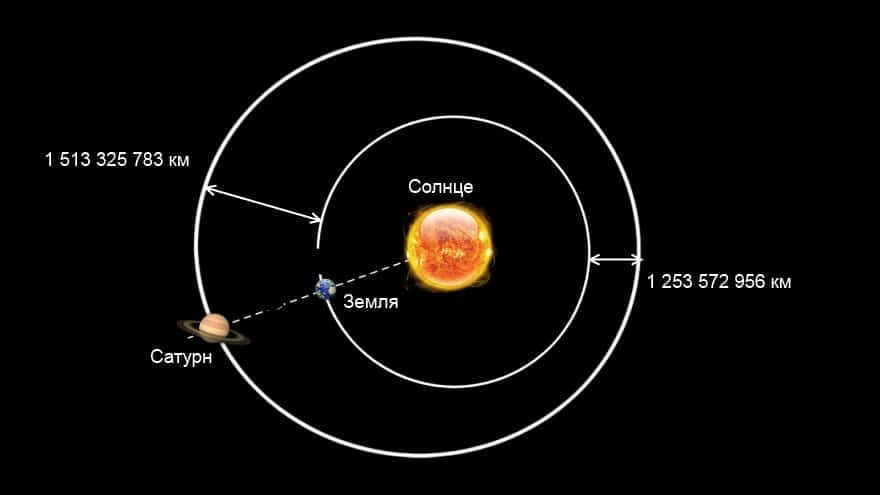
It’s quite a journey to acquire sufficient warmth.
According to these statistics, the temperature in the different layers of the atmosphere remains constant throughout both day and night. Likewise, the pressure remains steady, gradually increasing as we delve deeper into the planet’s core.
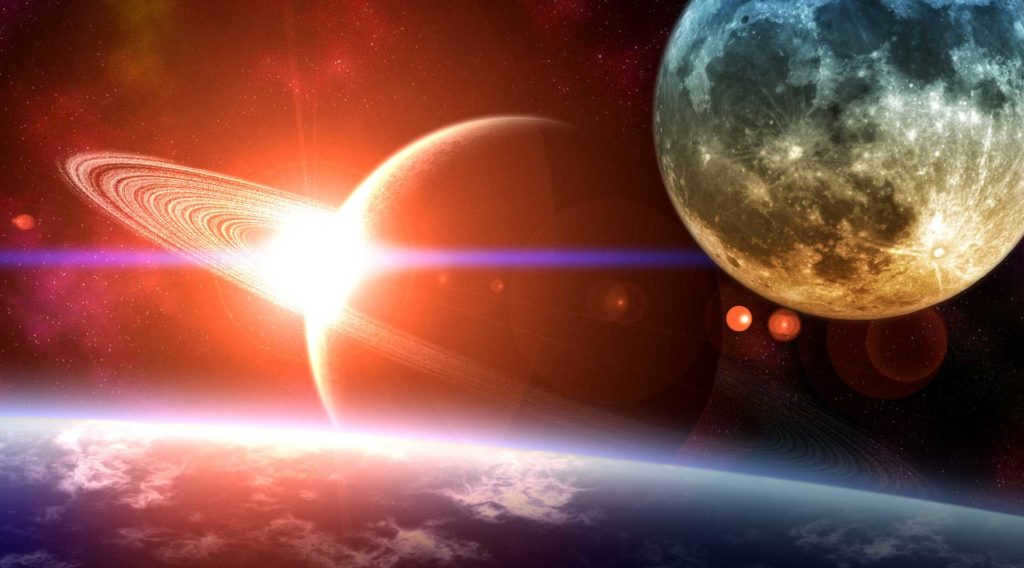
On the planet, there is a cyclical alteration of seasons, with each season lasting approximately 7 years. During the winter season, the surface of the planet takes on a blue hue, while in the summer season it transforms into a yellow shade. Scientists in the field of astronomy hypothesize that these alterations are not caused by variations in the temperature, but rather by fluctuations in the level of ultraviolet radiation.
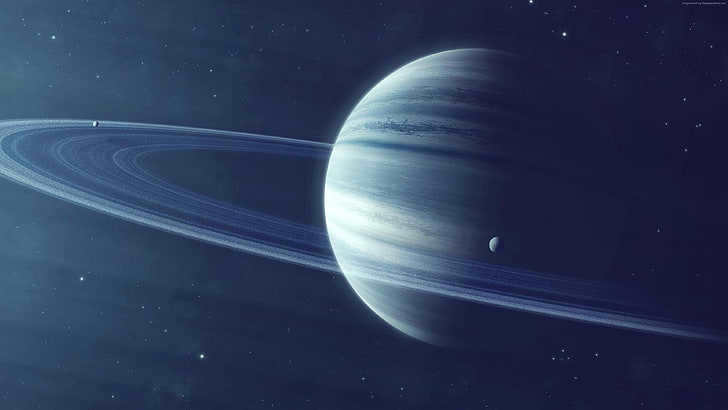
During the winter season, its activity level decreases. Saturn, a celestial object composed mainly of gas and having a dense core at its center, possesses the ability to generate heat internally. The stark contrast in temperature between the outer and inner regions of its atmosphere gives rise to powerful winds and storms.
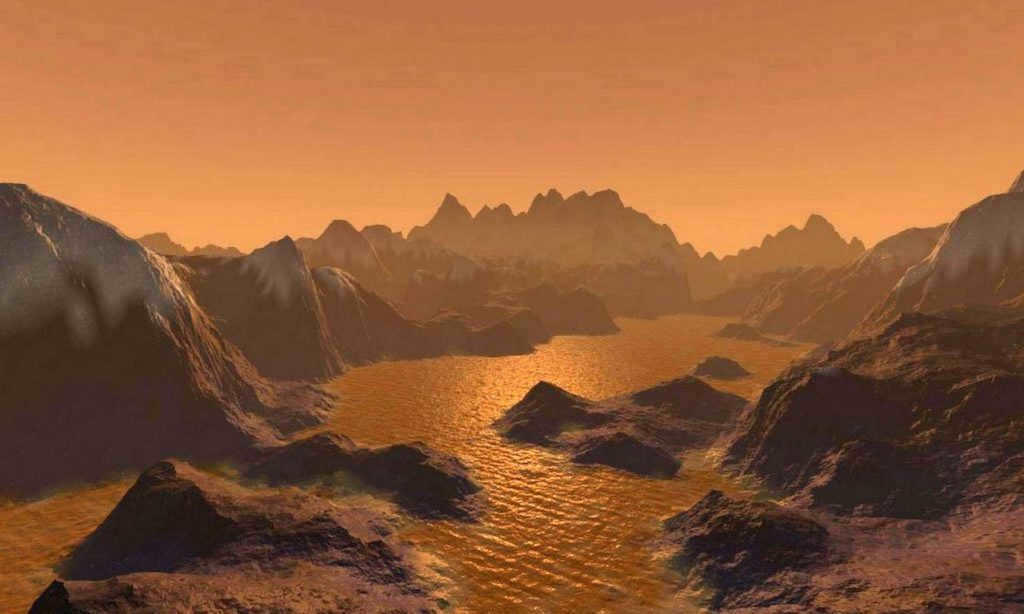
Reasons for Saturn’s Cold Temperature
One of the main factors contributing to Saturn’s cold temperature is its distance from the Sun. Unlike our planet, Saturn is located 10 times farther away from the Sun. This significant distance means that the gas giant receives significantly less solar heat than Earth. In fact, the surface of Saturn receives only 1/100th of the solar heat that an equivalent area on Earth would receive. Consequently, Saturn remains a frigid and inhospitable planet.
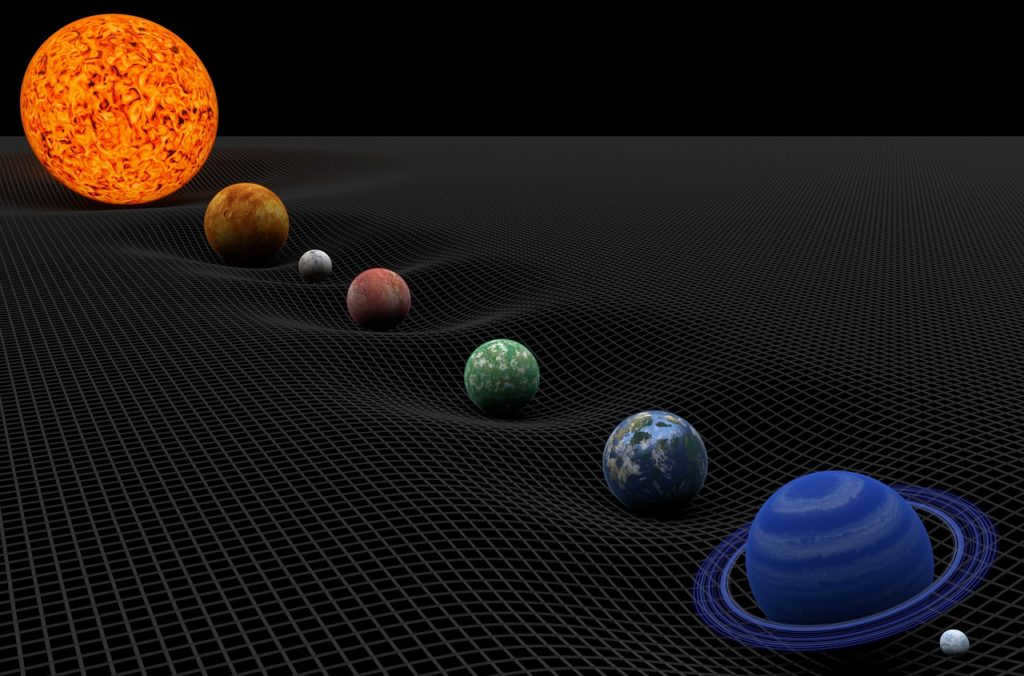
So, the temperature on Saturn must be extremely frigid. However, to determine just how low it can actually get, a careful examination of several characteristics of the planet is necessary. Saturn, a member of the gas giant group, along with Uranus, Jupiter, and Neptune, holds the answer.
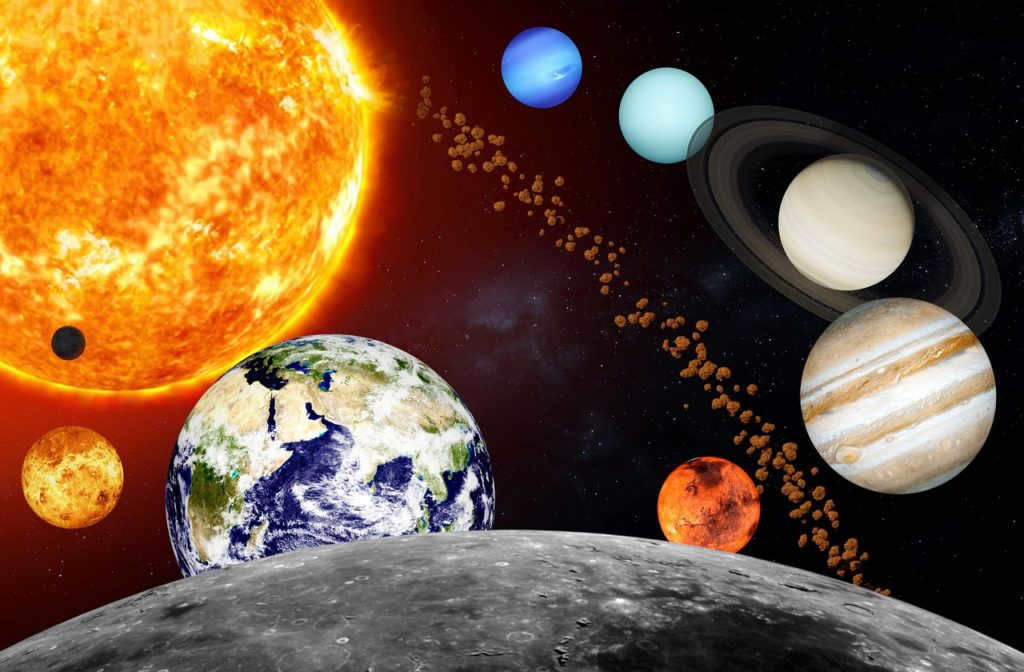
Additionally, identify the primary measurements of the planet:
- The mass of Saturn is 5.68×10⁶ kg;
- The density of Saturn is 0.687 g/cm³;
- The radius of Saturn is 60,300 kilometers;
- The diameter of Saturn (in km) – 120,536.
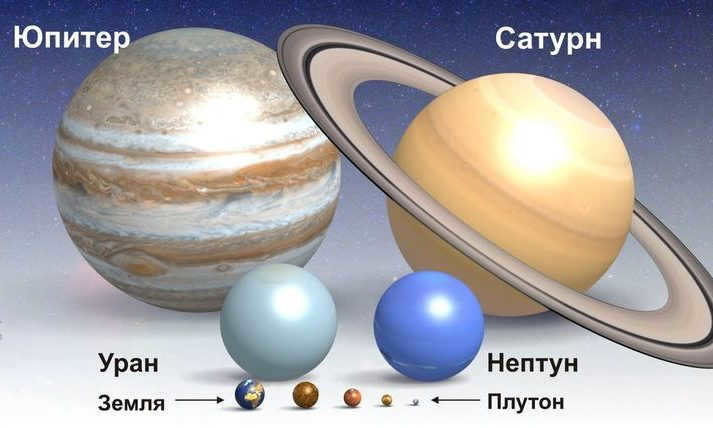
The velocity at which Saturn orbits is approximately 8.68 km/s. Saturn’s gas giant atmosphere is made up of three distinct environments, each having unique characteristics.
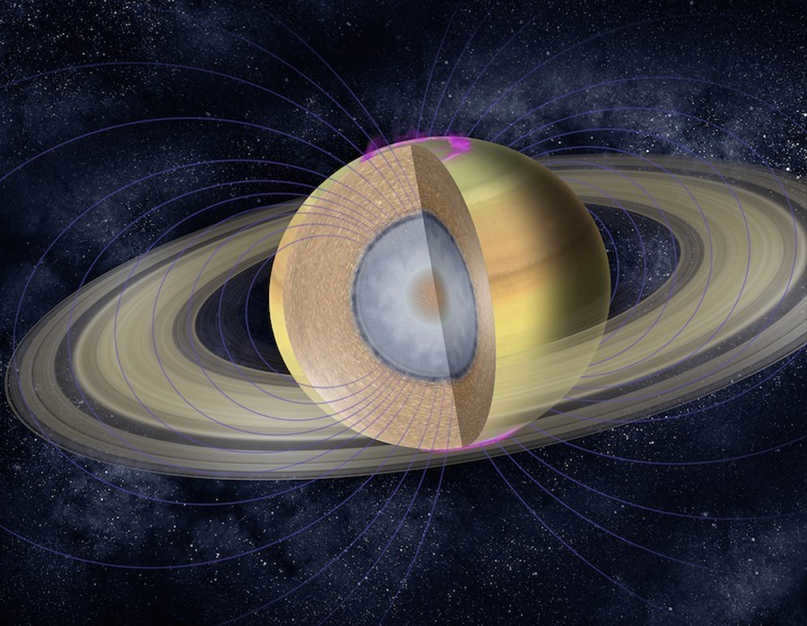
The composition of the atmosphere:
- The uppermost section has temperatures ranging from -174 to -178 degrees Celsius. It is made up of ammonia ice.
- The middle layer, consisting of ammonium hydrosulfite ice, has temperatures around -94 degrees Celsius. As we delve deeper into the layers, the pressure increases and the temperature ranges from -82 to -3ºC.
- The lowest layer no longer has negative values. The temperature begins to rise to 84ºC with a positive sign.

The planet’s core emits a significant amount of energy, resulting in the heating of all its layers.
It is incredibly hot, generating more heat than what the Sun delivers. The metallic core has a mass equivalent to approximately 9-22 times that of our planet. Its immense power has led to speculation about its potential existence as a separate entity.

Furthermore, the gas has already gathered in its vicinity as a consequence of the force of gravity. The potential to emit substantial quantities of thermal energy arises from the gravitational compression of the celestial object. As the magnitudes diminish, there is a subsequent reduction in pressure, leading to the conversion of potential energy into heat.
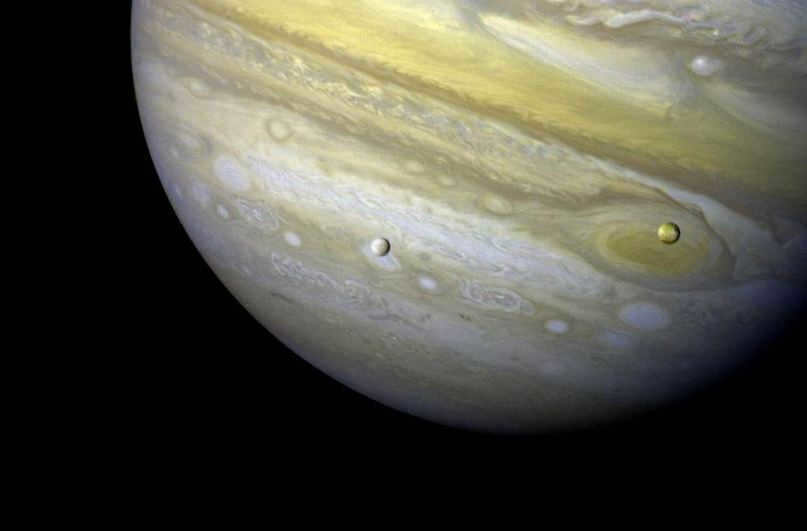
Presumably, this might not be the sole source of heat emissions. Another hypothesis suggesting an elevation in temperature levels involves the condensation and descent of helium droplets through a hydrogen layer. As soon as friction occurs, their kinetic energy transforms into thermal energy.
Climate features
The weather is greatly affected by the changing seasons. Saturn completes a full rotation on its axis in 10,656 hours. Scientists dedicated a significant amount of time in calculating this value.

Experts have utilized radio emissions to ascertain the speed of rotation and the precise length of a day. The inclination of Saturn’s axis in relation to the ecliptic is one of its primary characteristics.
Similar to our planet Earth, Saturn experiences seasons.
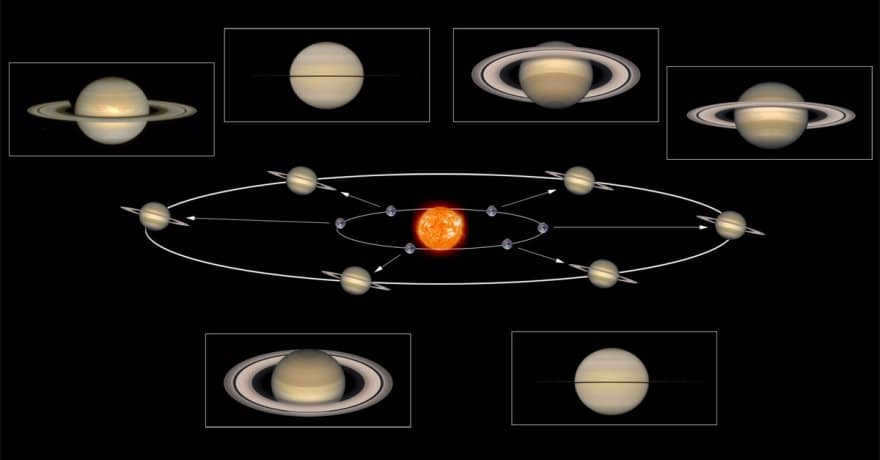
The weather patterns are constantly changing on Saturn. The planet experiences different amounts of sunlight on each hemisphere, leading to frequent and powerful storms. These storms are a result of Saturn’s unique position in its orbit.

Fascinating Trivia
Saturn is significantly larger than the planet Mercury, even though it has a smaller mass. The planet boasts an impressive 82 known satellites. Additionally, Saturn showcases distinctive and prominent rings encircling its majestic form. This awe-inspiring celestial body has been observed and studied since ancient times.
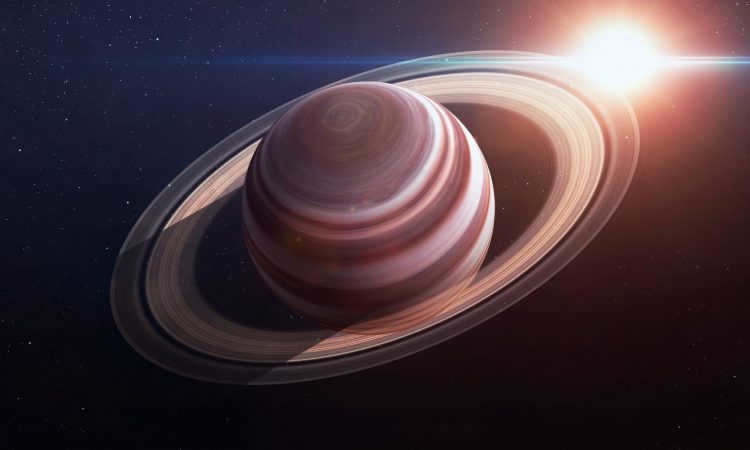
Gravity causes some of Saturn’s satellites to help hold its rings in place. At the north pole of this gas giant, massive clouds form a gigantic hexagon.
Each side of the hexagon measures approximately 13,800 kilometers.
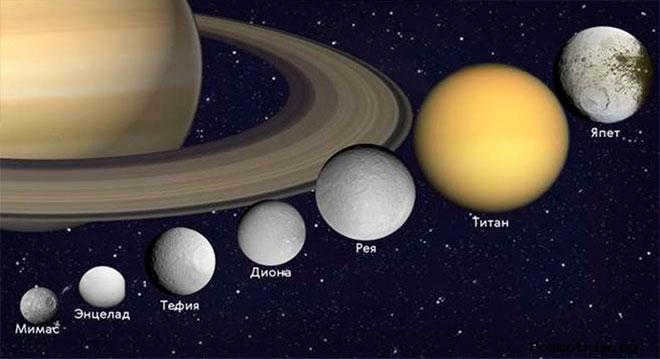
Saturn experiences a wide range of daily temperature fluctuations. The gas giant is known for its intense hurricanes, storms, and tempests, which are often accompanied by spectacular lightning displays.
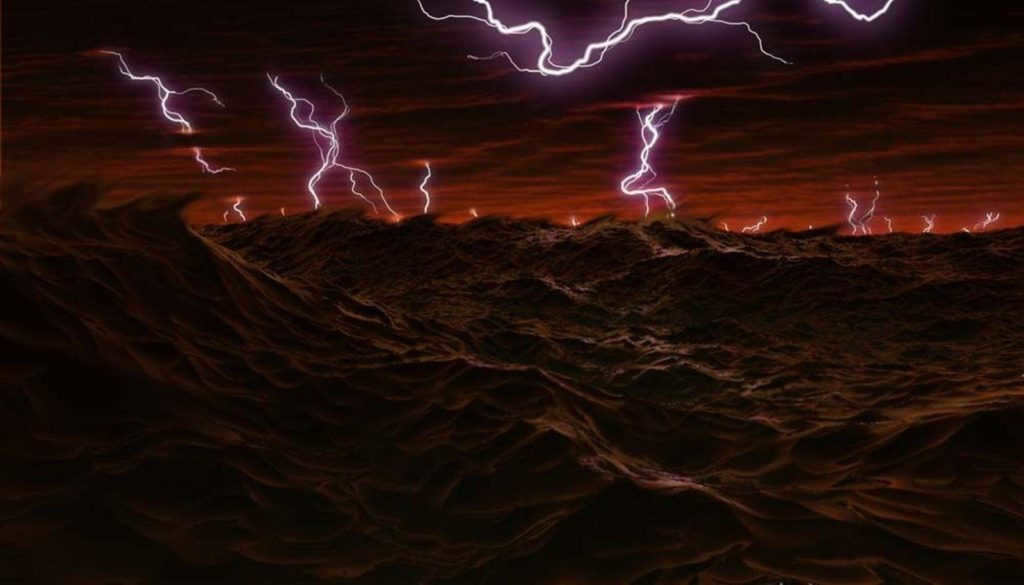
On Saturn, the temperature of the planet’s scorching core can soar to a staggering 11,700 degrees Celsius. This incredible heat generates a tremendous amount of energy, several times greater than what Saturn receives from the Sun. It is predicted that after approximately 100 million years, Saturn will engulf its magnificent rings.
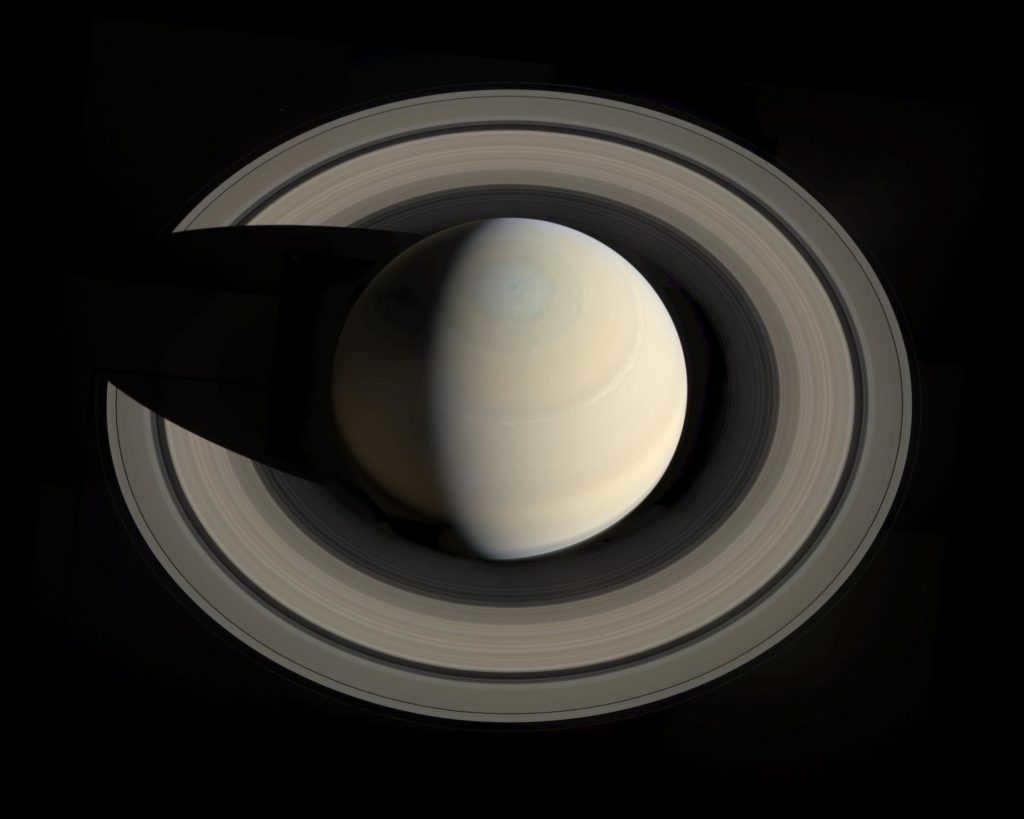
Uranus and Jupiter are Saturn’s neighboring planets. Saturn, Uranus, Neptune, and Jupiter are all part of the outer region of the solar system. The planet’s core, located at its center, is composed of a massive combination of dense materials, including solid substances and water ice.
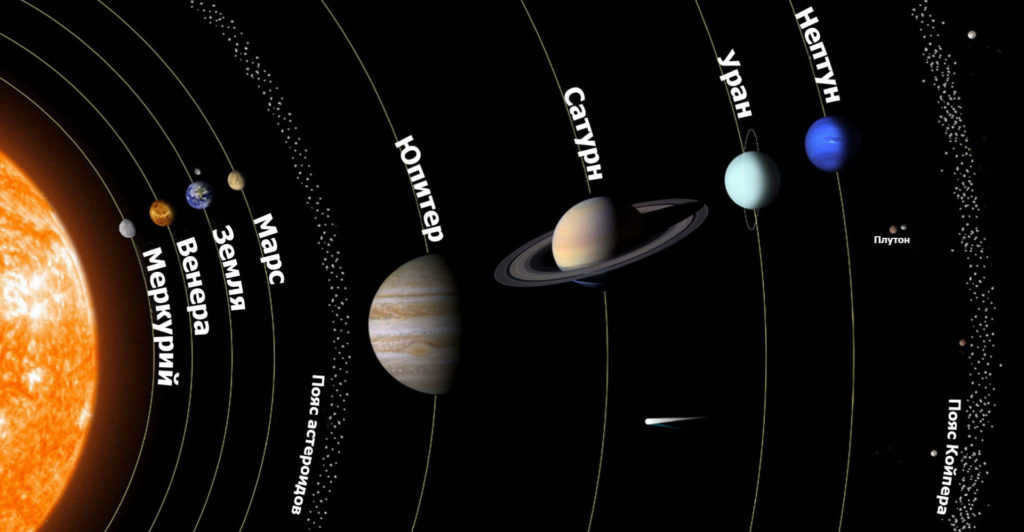
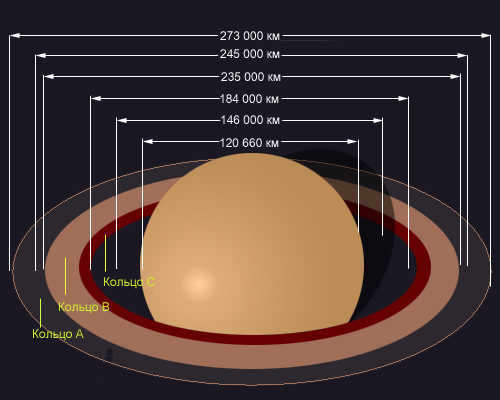
Variations in Temperature on Saturn
The temperature on Saturn varies across the planet, with different measurements taken in various regions. Interestingly, the southern hemisphere of Saturn emits 1/6 more heat compared to other areas. Astronomers have observed a seasonal pattern on Saturn that lasts for approximately 7 years.

Through active monitoring of the Saturn’s poles, it has been determined that while one section experiences summer, the other pole remains cold.
Subsequently, the cold part gradually started to heat up, but the measurements it produced were lower than the calculations made by experts.
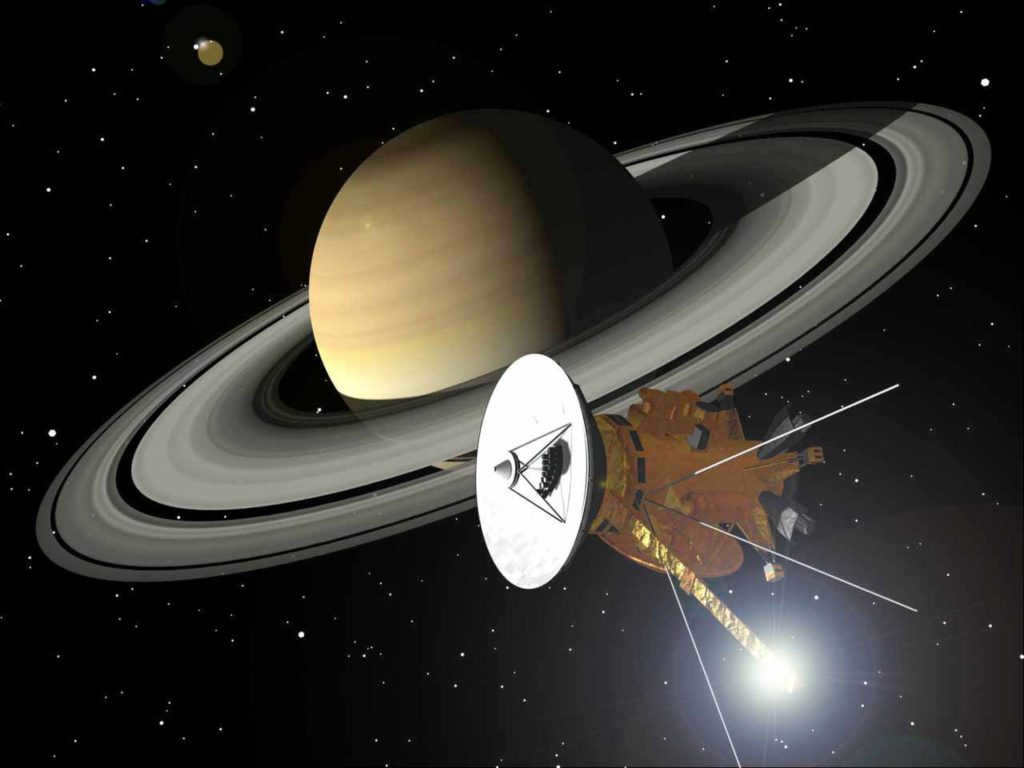
Prior studies utilizing the Voyager probe indicated that no significant variation in temperature was observed between the poles. This suggests that the decrease in energy output could be attributed to the Sun’s unstable activity, alterations in atmospheric layers, and internal factors within the planet.
Thermal Sources: Their Characteristics
What are the heat sources that can be found on giant planets? The main contributor to heat generation is the solid core of the planet.
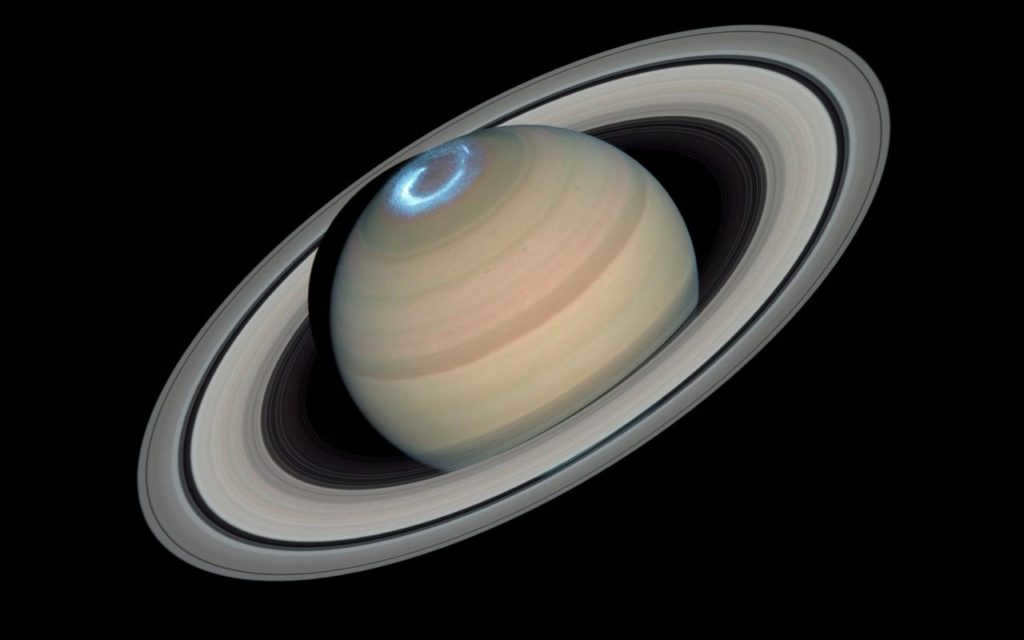
The mass of Saturn is 20 times larger than that of Earth. It is surrounded by a core of liquid metallic hydrogen. Scientists believe that the highest temperature it can reach is 11700°C.
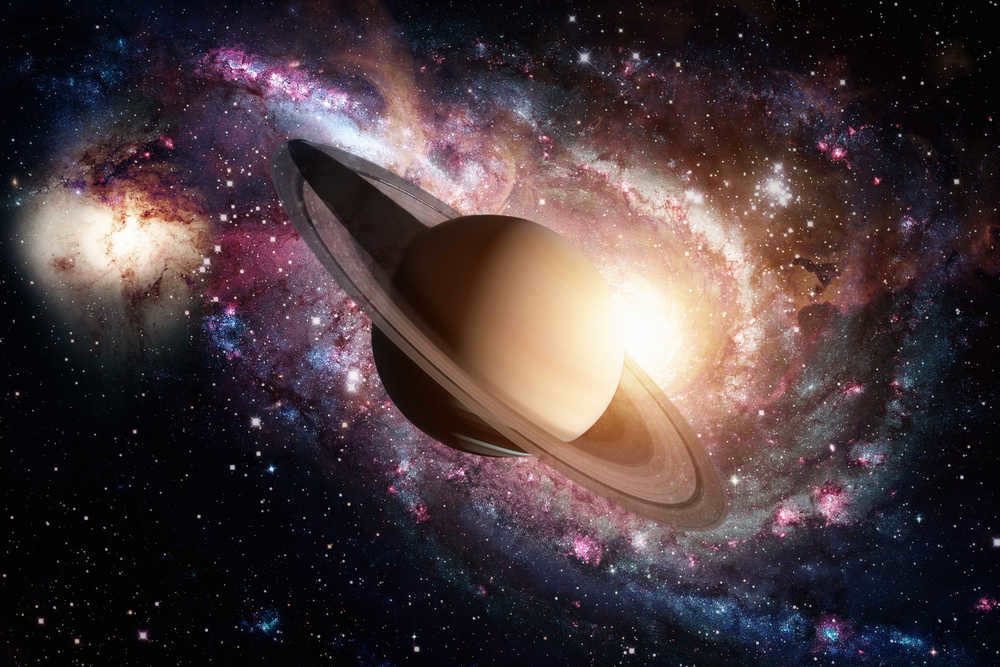
The temperature on Saturn is not consistent throughout. Certain specialists posit that this variability may be attributed to the interaction of helium atoms within the planet. However, others are more inclined to attribute it to the gravitational compression of this colossal gas giant.

Saturn, the second planet in our solar system, is renowned for its magnificent rings and is widely regarded as one of the most stunning celestial entities. This enormous gas giant can be observed in the night sky even without the aid of binoculars or a telescope.
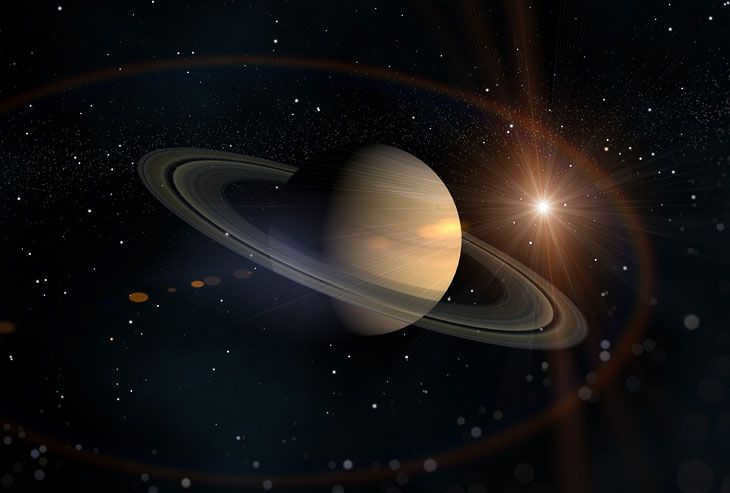
Dimensions, weight and path
Since 1979, Saturn has been under observation. This was made possible by the close flyby of the Pioneer 11 spacecraft. Presently, there is a vast amount of information available about this planet, and new data is constantly being added to it.
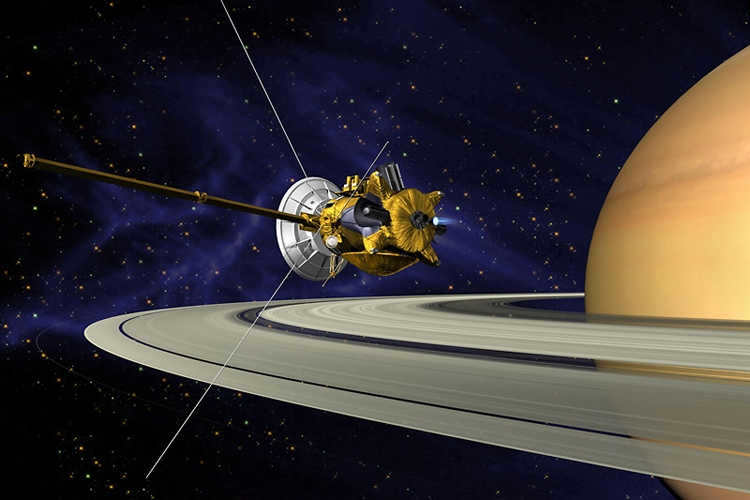
When it comes to its dimensions, Saturn comes in second place, right after Jupiter.
To give an idea of its size, it’s worth noting that it can hold over 760 planets similar to Earth.
The weight of Saturn is approximately 5.68×1026 kg, equivalent to 95.2 times the mass of our home planet Earth.

If you find it to be a massive object, here’s some data to consider: its measurements are only 30% of Jupiter’s.
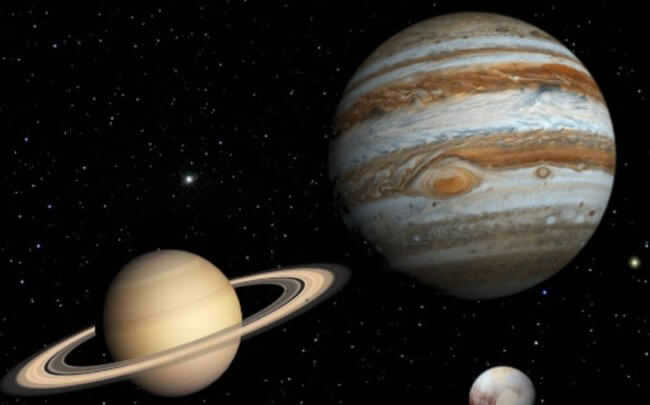
Saturn is significantly larger than Earth, with a diameter that is 9.5 times greater. Due to its fast rotation and low density, Saturn takes on the shape of a flattened spheroid. The distance around the equator of Saturn is longer than the distance from pole to pole. Saturn’s polar radius measures 108,728 kilometers, which is 8.5 times the size of Earth.
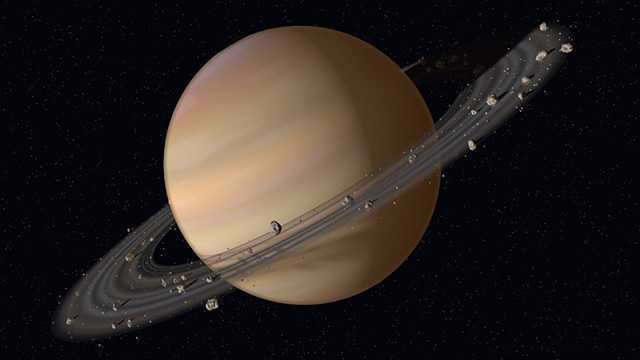
Saturn revolves around the Sun in an elliptical path. The point in its orbit where it is closest to the Sun is known as perihelion, measuring a distance of 1,353 million km. On the other hand, its farthest point from the Sun, called aphelion, is situated 1,513 million km away.
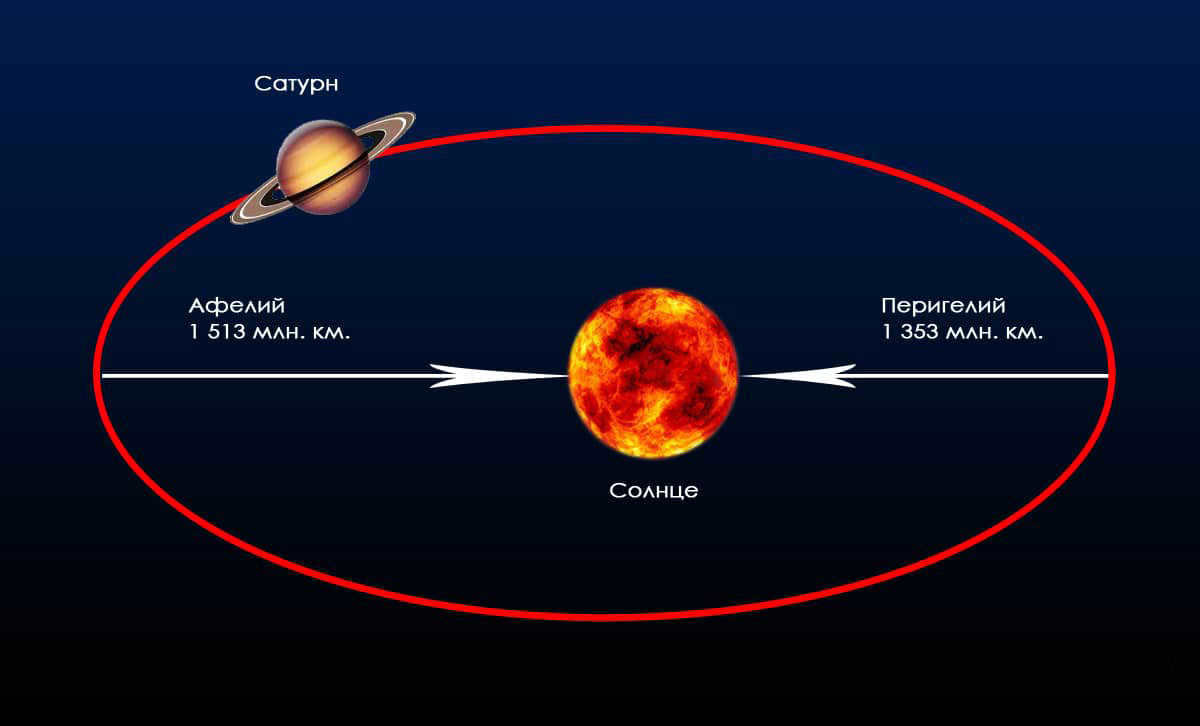
With an average orbital velocity of approximately 9.7 km/sec, Saturn secures a respectable second place among the swiftly revolving planets. In comparison to Earth, the gas giant boasts a significantly shorter day, completing one full rotation on its axis in a mere 10 hours and 34 minutes.
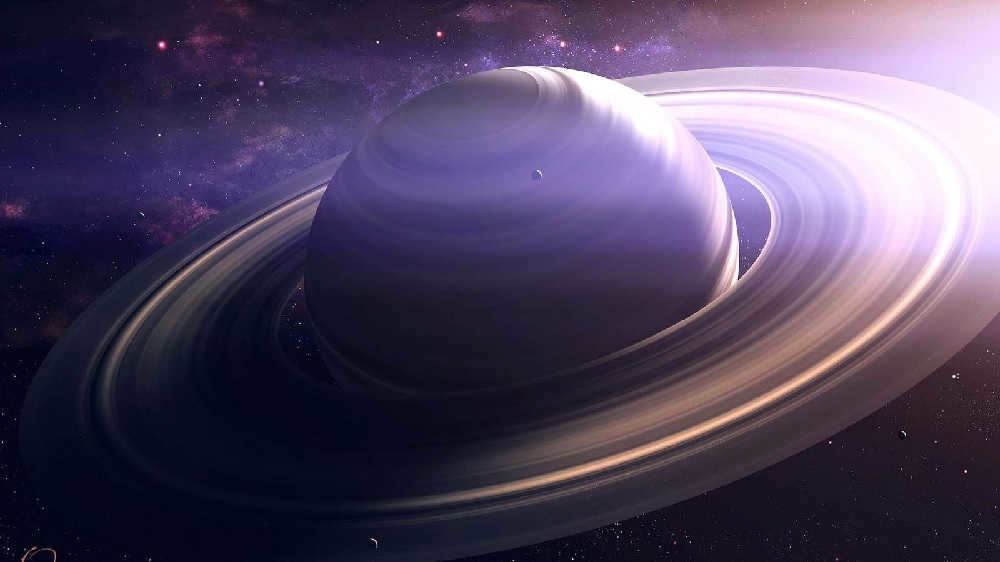
Nevertheless, the duration of its orbit (the period it takes to complete one revolution around the Sun) is 29.46 years on Earth, which is why the ancient Assyrians referred to it as “Lubadshagush” – “the most ancient of all”.

Distinctive physical attributes of Saturn
Aside from its dimensions and weight, Saturn possesses unique characteristics in terms of its density and composition.
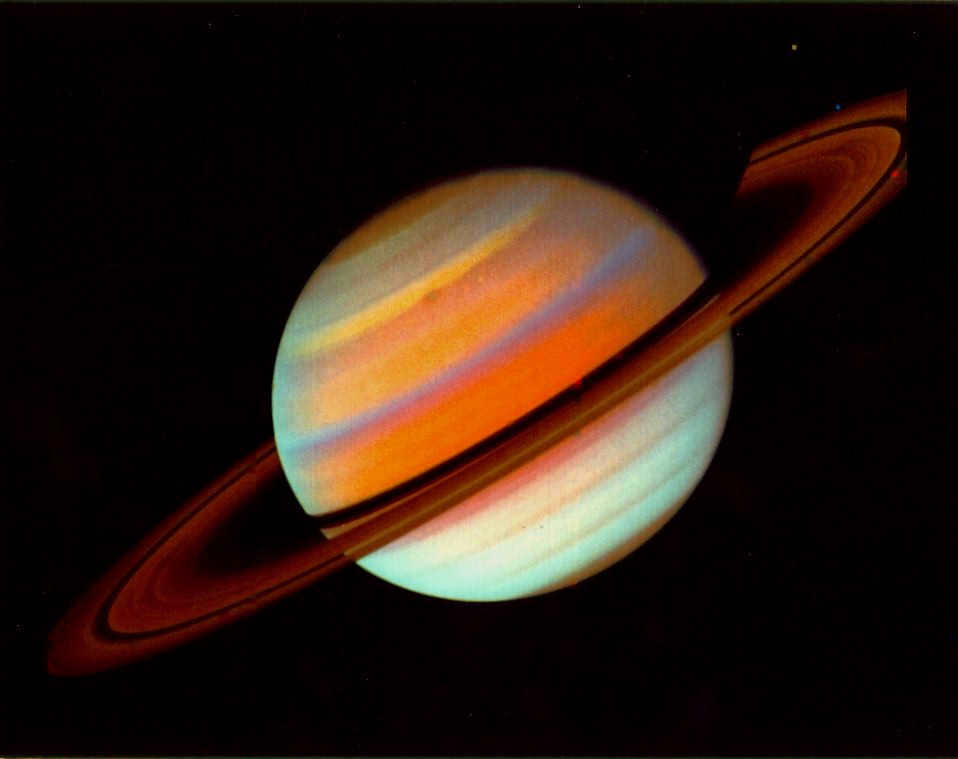
Saturn is categorized as a gas giant lacking a solid exterior. Among the planets examined in our solar system, only four fall into this category: Jupiter, Saturn, Uranus, and Neptune.

Composition and surface
Saturn does not have a solid surface. It is conventionally defined as the point where the atmospheric pressure is equal to 1 bar. The majority of Saturn’s composition consists of gases, with molecular hydrogen making up the predominant share (96.3%) and a small volume of helium (3.25%).
The atmosphere of Saturn is comprised of more than just hydrogen and helium. There are also traces of ammonia, methane, propane, and acetylene present in the atmosphere of this planet.
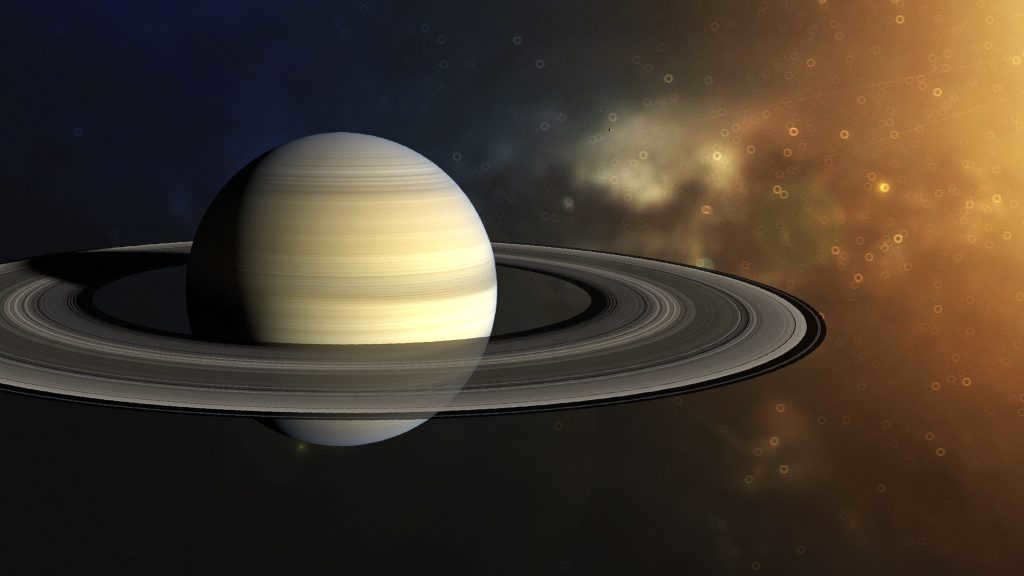
Density
With a density of only 0.70 g/cm3, Saturn, the gas giant, is primarily composed of 96% hydrogen, which explains its low density.
Interestingly, Saturn’s density is 1.5 times less than that of water.
If there was a pool large enough, Saturn would actually float in it like a buoyant inflatable toy.
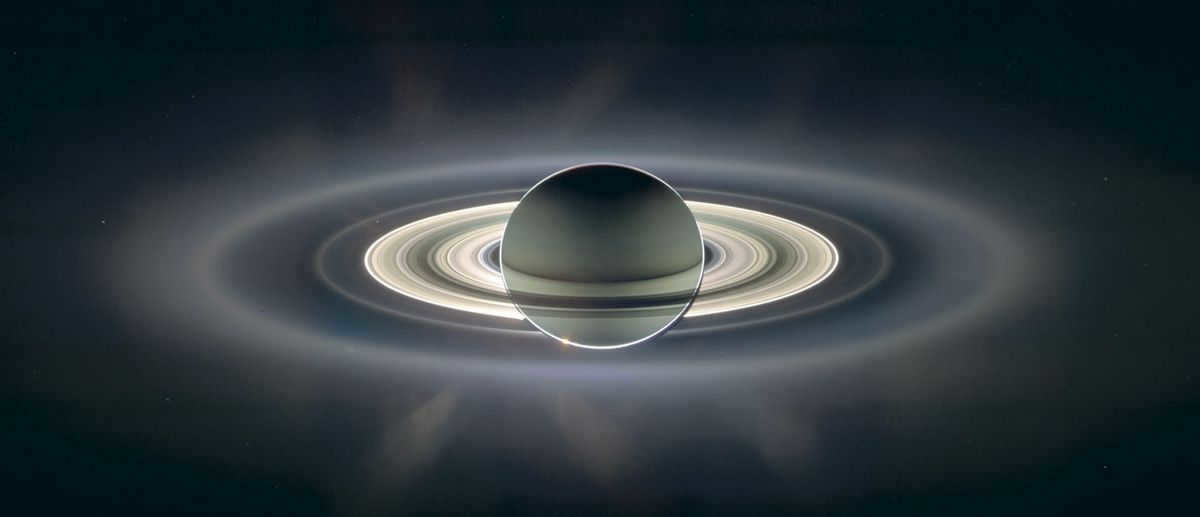
Atmosphere and temperature on Saturn
The atmosphere of Saturn is composed of two distinct layers: an upper level saturated with ammonia crystals and a lower level consisting of a mixture of water and ammonium hydrosulfate.
The streaky appearance of the atmosphere is more pronounced towards the equator, where the streaks widen and become less defined.
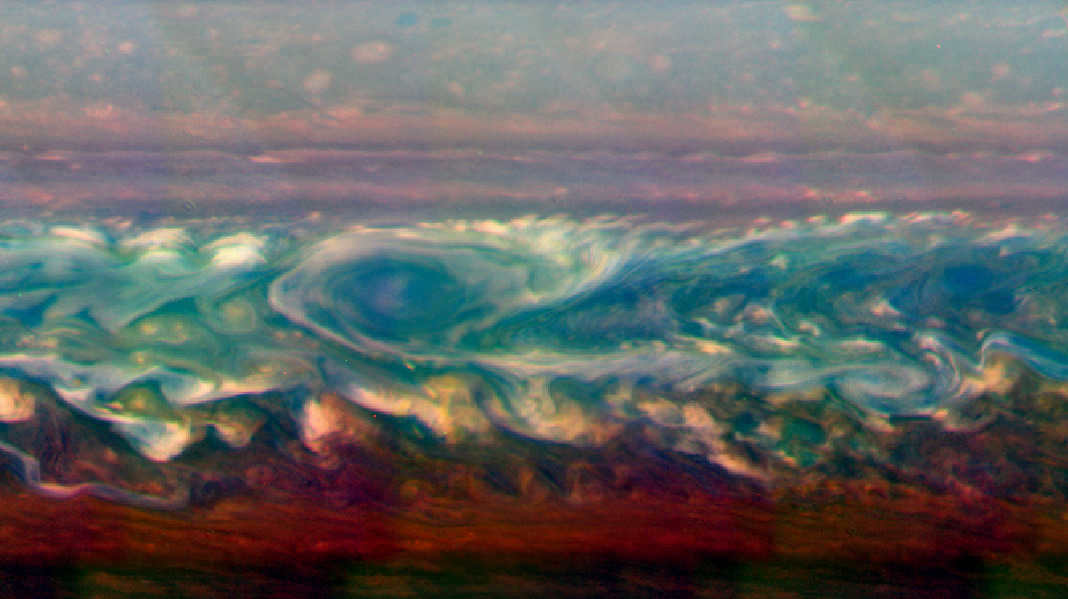
On occasion, atmospheric formations take the shape of ovals. These formations are characterized by their lighter color compared to the surrounding clouds, making them easily distinguishable. One notable atmospheric formation is the Great White Spot, which appears in the northern hemisphere during the summer solstice.
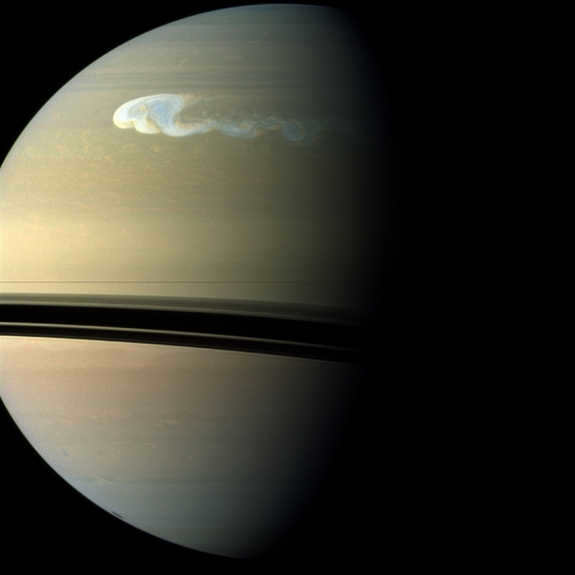
Recalling planetary posters, almost anyone can respond to the query “What is the hue of Saturn?” The hue of the planet is primarily influenced by its outermost cloud layer, which is composed of ammonia crystals. When observing through any telescope, even the most diminutive one, it becomes apparent that Saturn exhibits a pale yellow hue with nuances of orange.

The planet Saturn experiences atmospheric phenomena in the shape of powerful winds that can reach speeds of up to 1800 km/h. The intensity and direction of these winds differ across various regions of the planet. Occasional storms on Saturn can be as vast as our Earth, or potentially even larger. The temperature of Saturn’s atmosphere is subject to changes.

As you go deeper into the layers of Saturn’s atmosphere, the temperature gradually increases. Starting at the top, where it is as low as -150 degrees Celsius, the temperature rises as you descend. In the lowest layer of the atmosphere, the temperature can reach a high of 57 degrees Celsius. However, in the core of the planet, the temperature can skyrocket to a scorching 1700 degrees Celsius.
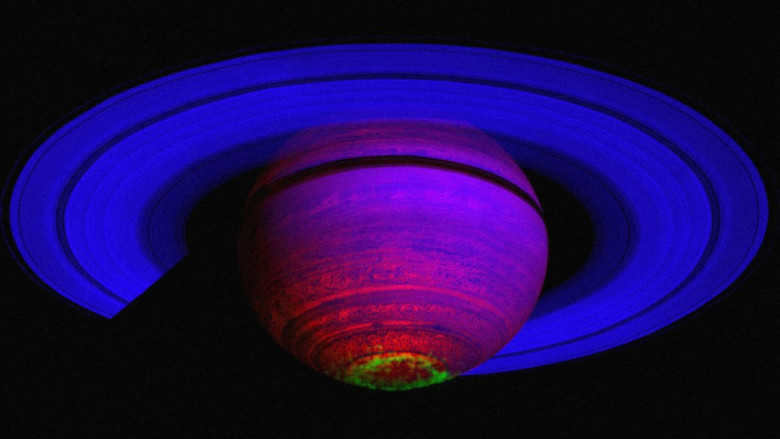
Satellites
Researchers have recently made a remarkable discovery about Saturn, revealing that this magnificent planet boasts a total of 62 satellites in its orbit. Astonishingly, only 53 of these satellites have been given official names. Interestingly, the scientists have chosen to name these celestial bodies after the titans of ancient Greek mythology, paying homage to the rich cultural heritage of our ancestors.
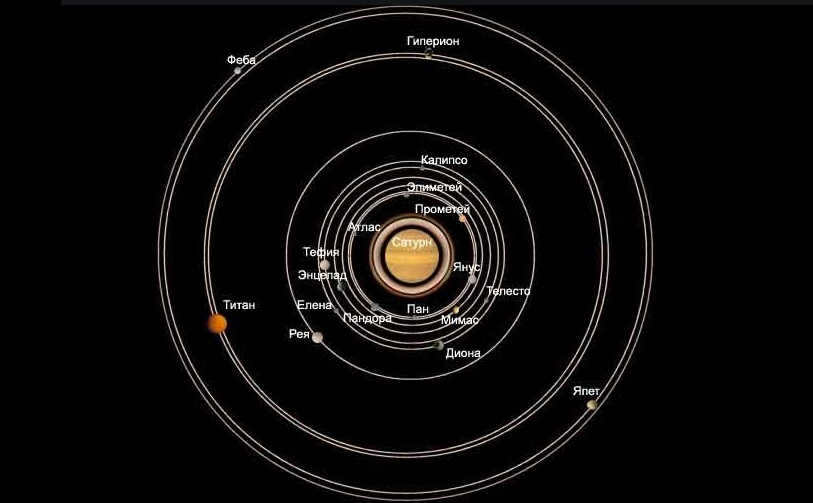
The moons of Saturn can be classified into two main categories: inner moons and outer moons. In this article, we will focus on the inner moons group, which are situated between the planet and its iconic rings.
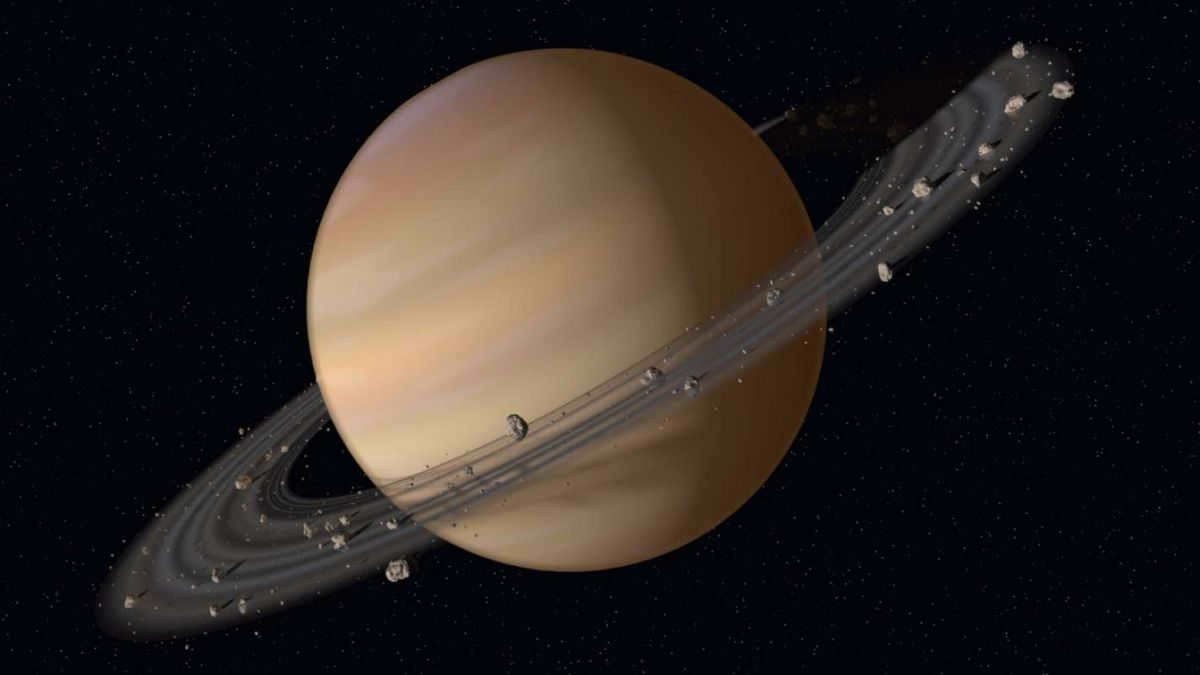
Moons in the inner region
The inner region of Saturn’s moons is made up of Mimas, Enceladus, Tefia, and Dione. Mimas, which is the nearest to the planet, has an oblong shape. Its surface features a prominent crater caused by a meteorite collision.
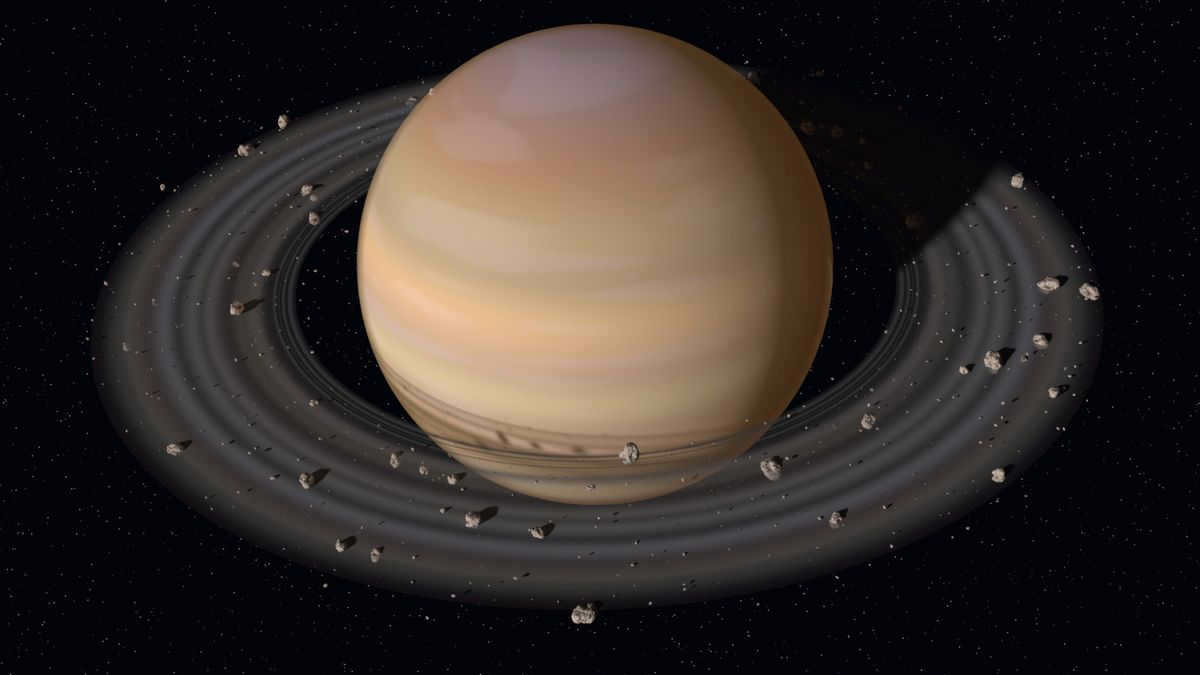
Enceladus, the tiniest moon in our solar system, exhibits signs of geological activity. Scientists propose the existence of an internal ocean on Enceladus due to the presence of geysers and the water they expel. Enceladus’ surface reflects nearly all sunlight, leading scientists to believe that it is coated with a substantial layer of ice.
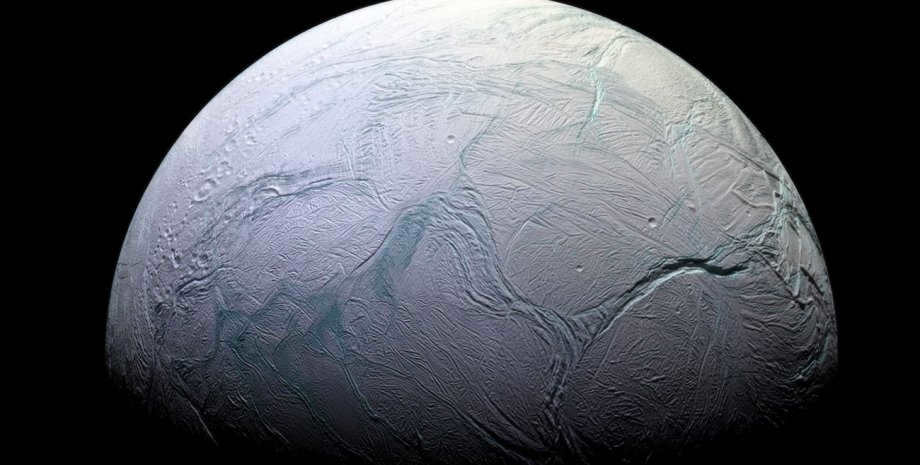
Tefia is Saturn’s second biggest moon. It has a surface full of fissures, sinkholes, and ravines.

Dione is Saturn’s largest inner moon. The surface of Dione bears evidence of impact damage, with numerous craters indicating its antiquity.
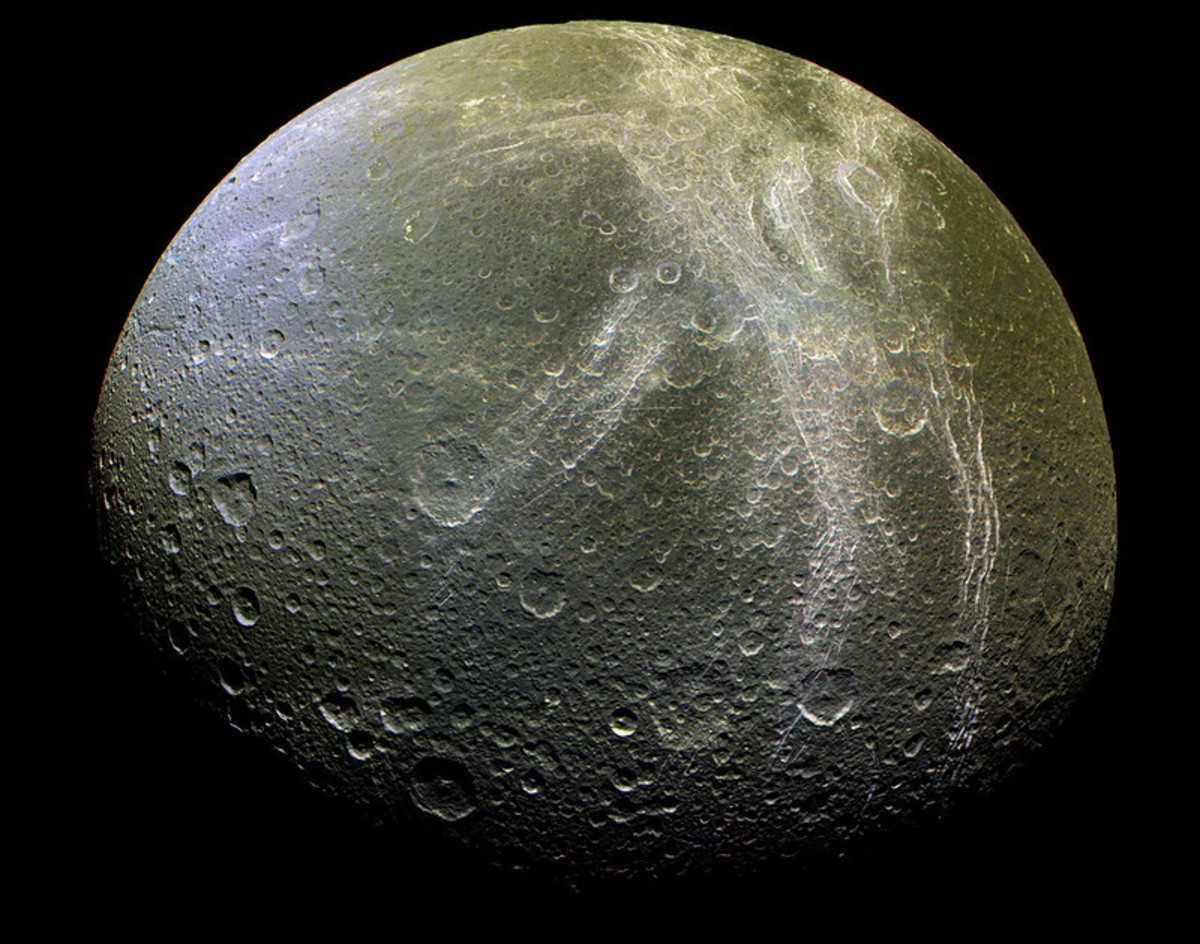
The primary constitution of the inner moons comprises of water ice, and it is plausible that they possess a dense, solid nucleus within.
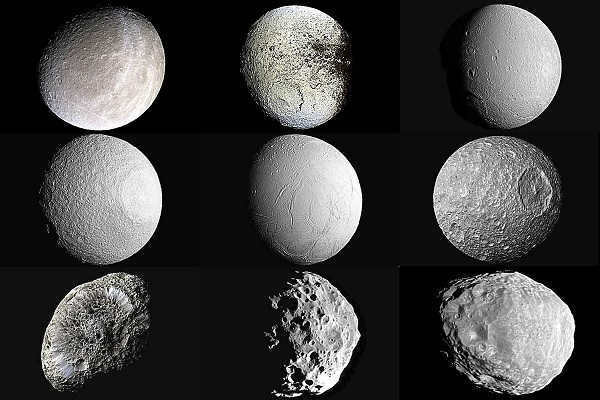
Moons beyond the ring E
The moons beyond the ring E are positioned on the outer side. Their primary composition consists of rocks and ice. The principal satellites beyond the ring E consist of Titan, Rhea, Hyperion, and Japetus.
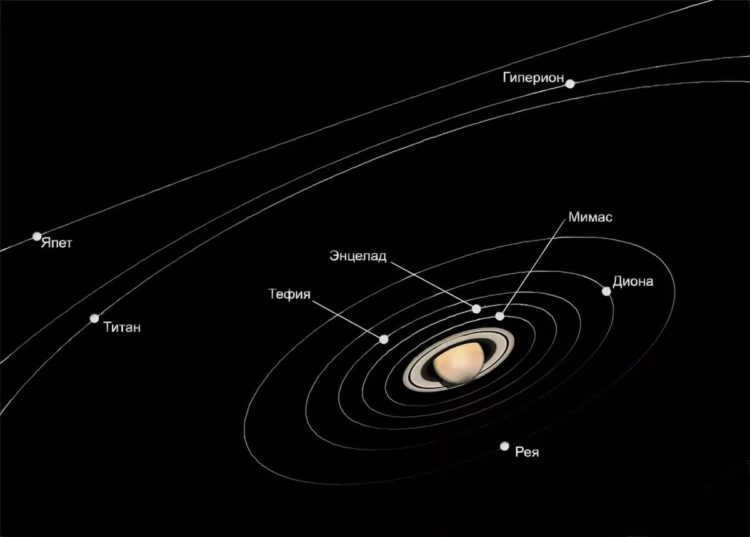
According to theoretical assumptions, Rhea is the first and currently the only moon known to have its own ring system.
Nevertheless, there is still no definitive evidence to support this claim.
However, it is a confirmed fact that Rhea completes one orbit around Saturn every 4.5 Earth days and its surface is marked by numerous craters formed by meteor impacts.
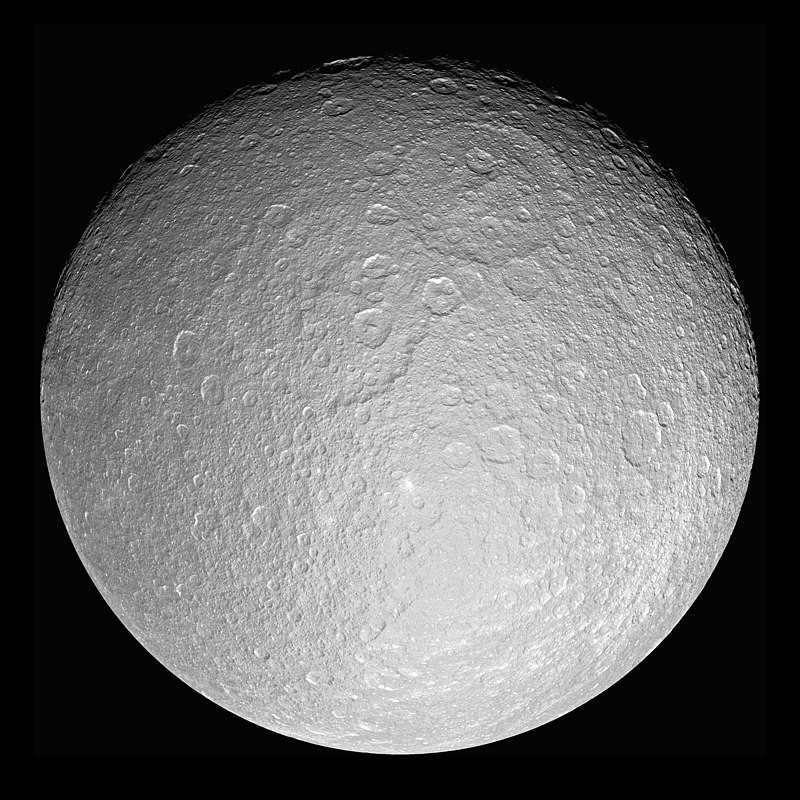
Titan, the largest moon of Saturn, possesses its own atmosphere. This unique satellite is enveloped in a thick atmospheric haze, which obscures our understanding of its surface appearance.
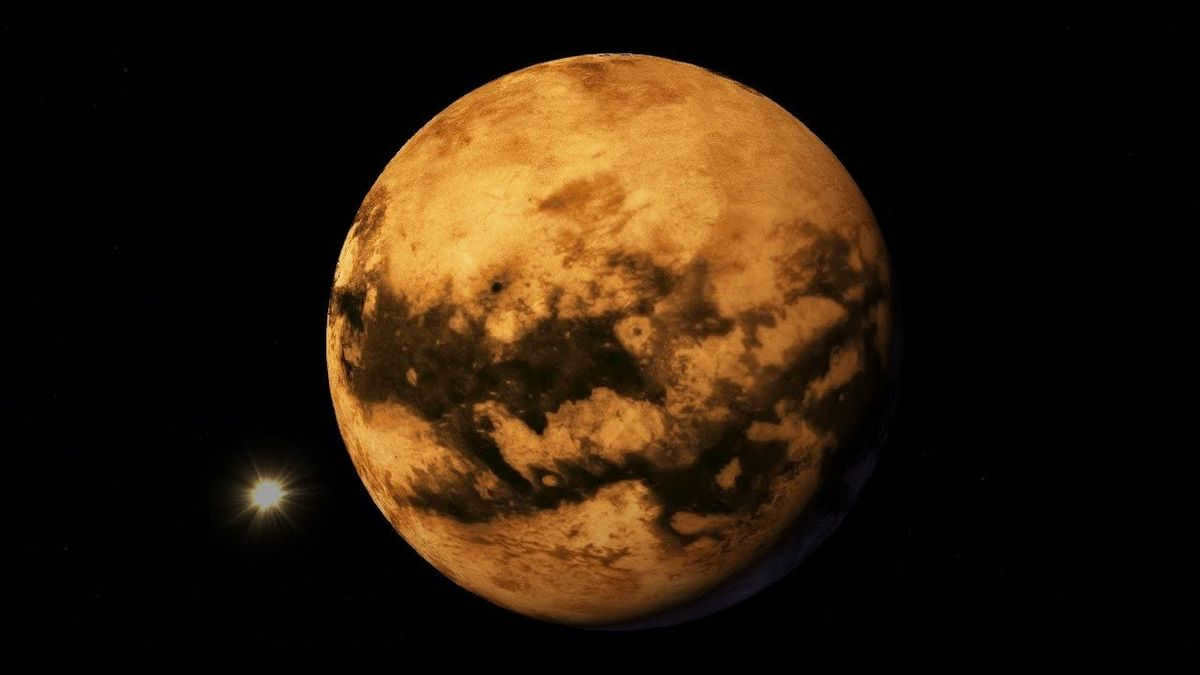
The unique feature of this is its methane-ethane lakes, which were first discovered in 1995. It is the only one among its counterparts that can proudly claim this characteristic.
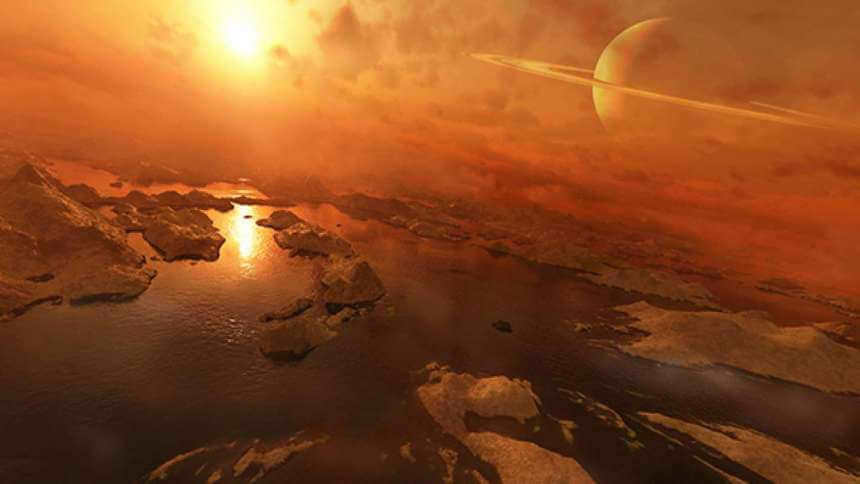
Located in close proximity to Titan, there lies the orbit of Hyperion. This celestial body possesses a peculiar appearance, resembling that of a brown sponge with its egg-like shape and crater-filled surface. Moreover, what sets it apart is its lack of a regular rotation.

Japetus is an exceptional moon. It holds the distinction of being Saturn’s farthest satellite, but it stands out in multiple other ways as well. Resembling the iconic yin/yang symbol, one side of Japetus is dark while the other is light. The anterior hemisphere of this celestial body reflects a remarkable 60% of the light it receives, resulting in a bright and luminous appearance. Conversely, the posterior hemisphere is as black as soot and reflects a mere 3% of light.
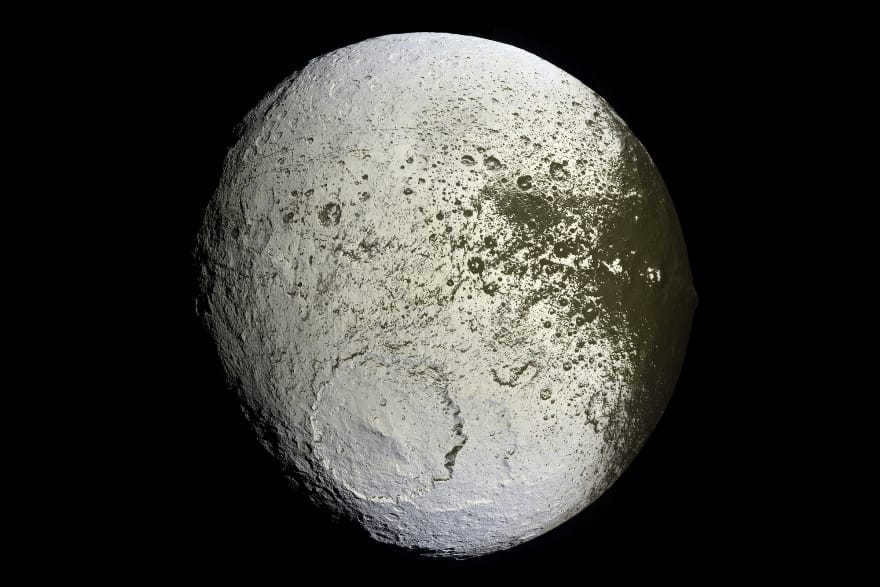
Japet’s unique appearance is due to the accumulation of dust on one side of the satellite. This layer, which is only a few centimeters thick, creates a striking contrast that distinguishes Japet from other celestial bodies.

Video about the subject:
Jewelry of Saturn
Saturn’s rings have attracted the greatest attention among all the planets. While other giant planets also possess rings, it is only Saturn’s rings that captivate viewers with their brightness and enormity, making them easily observable even through a regular telescope.

The rings consist primarily of water ice, debris from space, and dust made of silicate. The range in size of the particles found in the rings is incredibly vast: the likelihood of coming across an object a few centimeters in diameter is just as high as the likelihood of encountering something several meters or even kilometers in size.
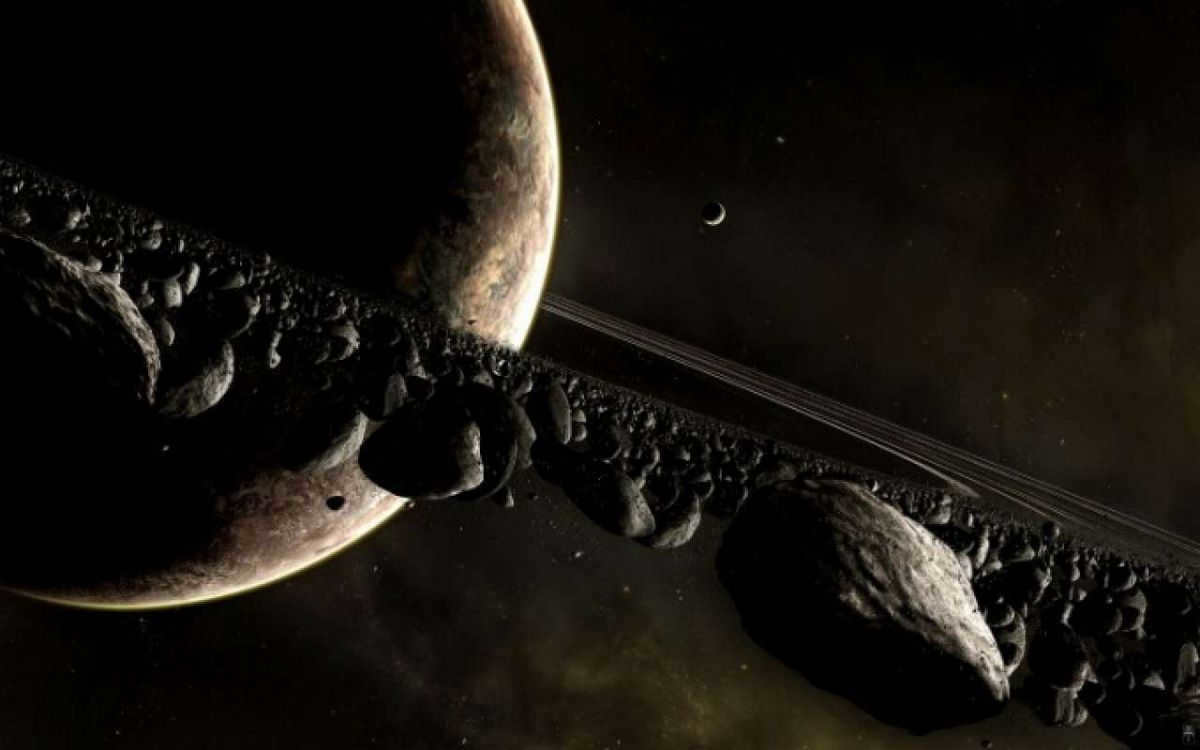
The rings of Saturn are positioned at a 28-degree angle relative to the plane of its orbit, resulting in a distinctive appearance when observed from Earth. The visibility of these rings can vary greatly depending on the alignment of the planets, ranging from near invisibility to a dazzling display of their full radiance.
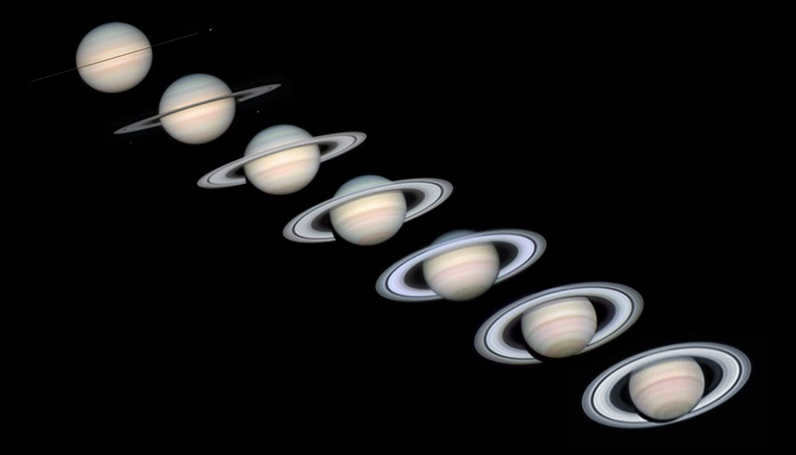
At this point in scientific research, the gas giant has been found to possess seven rings. To facilitate identification, they have been assigned names using the letters of the Latin alphabet, ranging from A to F. When observed through a telescope from Earth, only rings A, B, and C are clearly discernible. Astonishingly, despite its immense diameter, the rings have a thickness of less than twenty meters.
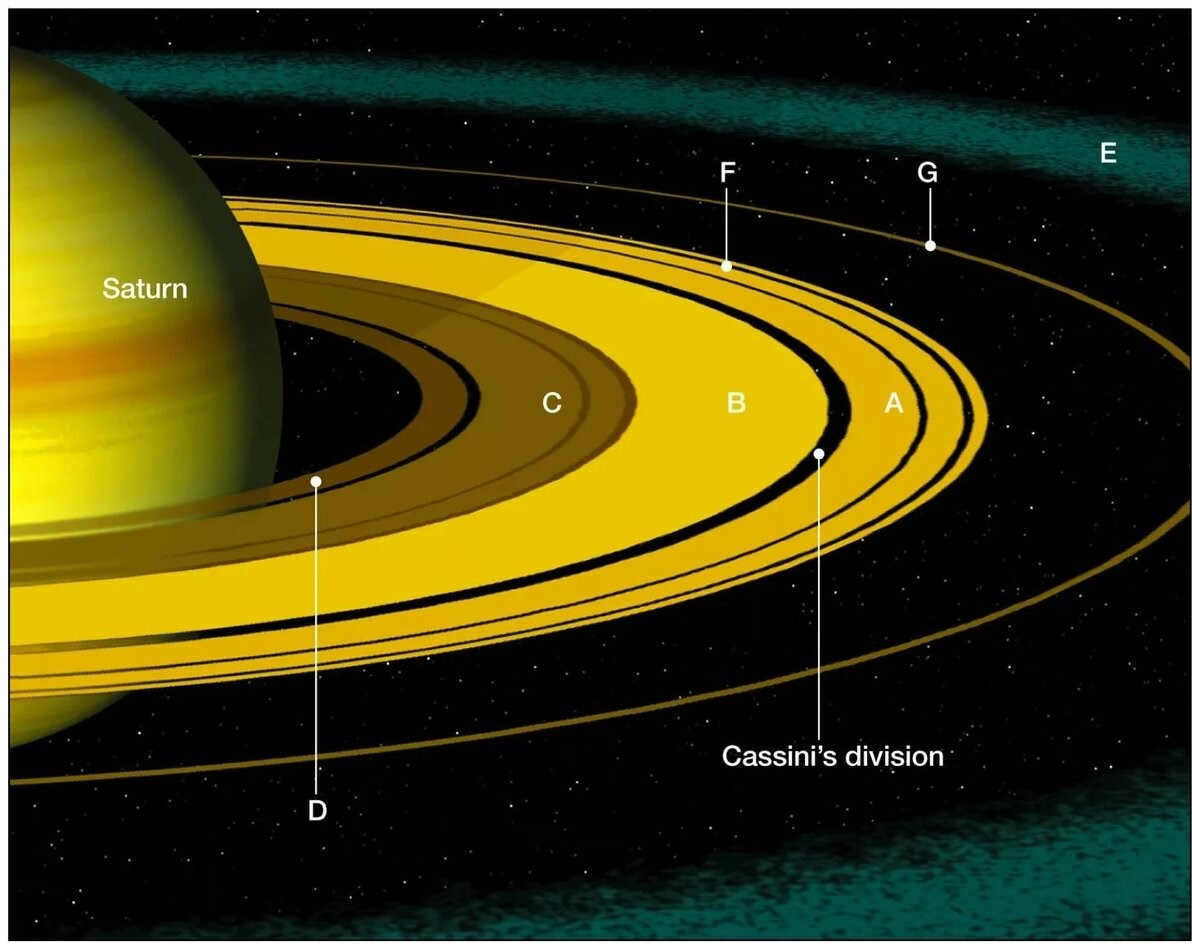
The question of how the rings formed still remains unanswered.
Two main hypotheses have been proposed to explain their origin.
According to the first hypothesis, the rings were once a satellite of Saturn, orbiting around it approximately 4 billion years ago.
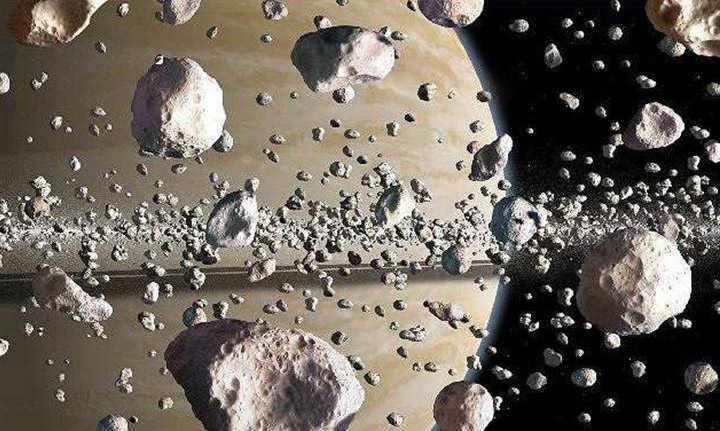
Due to reasons that remain a mystery, he ventured perilously close to the planet and succumbed to the overwhelming gravitational forces, shattering into myriad fragments. These fragments, ensnared by the planet’s gravitational pull, were unable to escape the orbit and subsequently coalesced into a magnificent ring system as the planet continued its celestial dance.
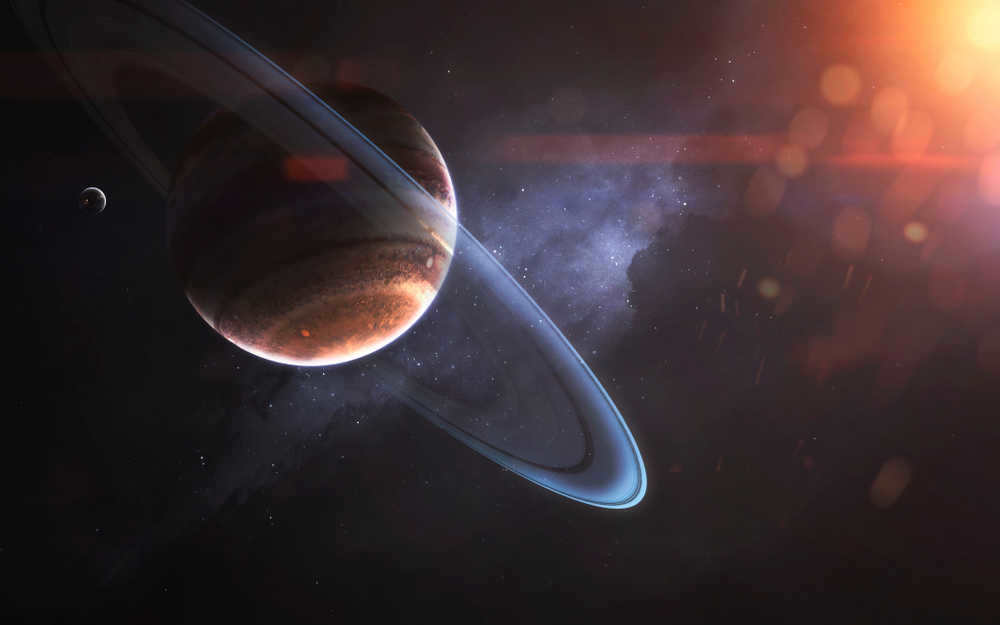
Based on the second hypothesis, the rings do not belong to the satellite; instead, they are a relic of protoplanetary substance from the solar nebula that initially gave rise to Saturn. However, the high purity of the ice in the rings contradicts this idea.

If the rings were created simultaneously with Saturn over 4 billion years ago, they could have accumulated a layer of dust from micrometeorites.
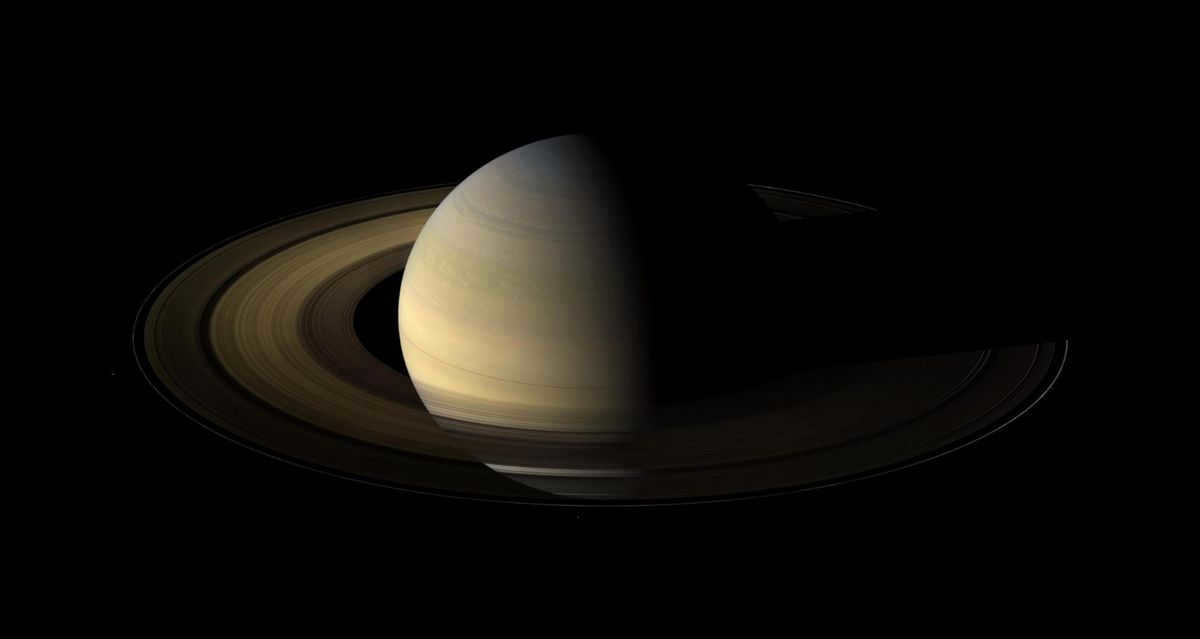
However, supporters of this theory argue that the pristine quality of the ice can be attributed to the continuous impact of objects during the process of motion and material rejuvenation.

Study of Saturn throughout History
The exploration of Saturn has a long and rich history, dating back to ancient times. Due to its prominent visibility from Earth, even without the aid of telescopes, humans have been fascinated by this celestial body for centuries. The earliest records mentioning Saturn can be traced back to Babylonian texts, providing evidence of the early interest in studying this planet.

During ancient times, the planet we now know as Saturn was referred to by the Greeks as Kronos, which paid tribute to the deity associated with agriculture. The Romans, on the other hand, named the planet Saturn after their god of harvest.
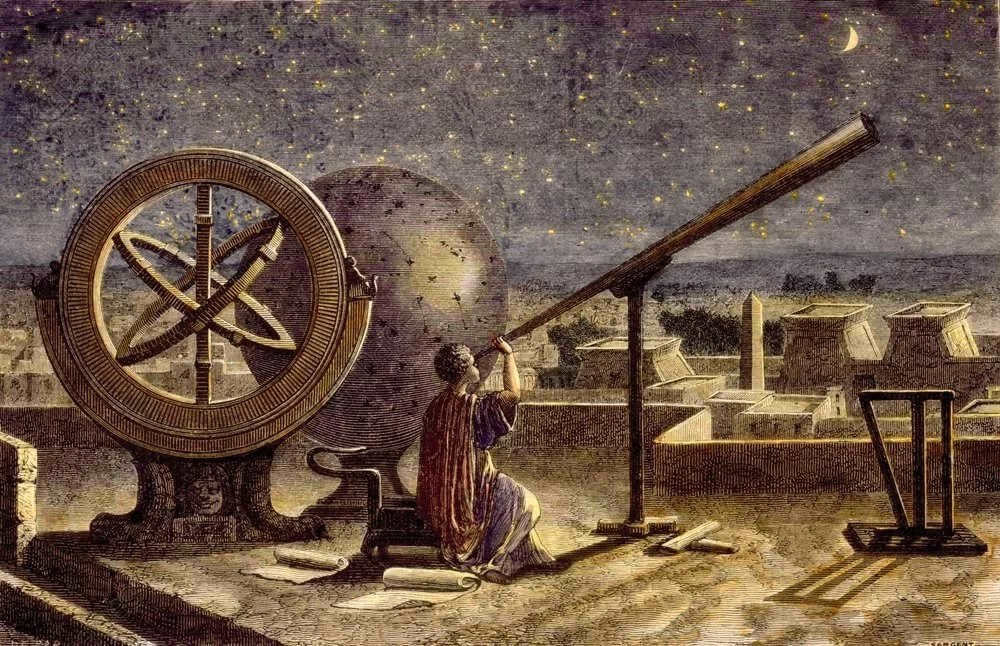
Saturn was initially observed through a telescope by Galileo Galilei in 1610. After observing two rings around Saturn, Galileo mistakenly identified them as two satellites.
In 1659, Christian Huygens rectified Galileo’s error.
Using a more advanced telescope, Huygens observed that the “satellites” were actually a thin ring separate from the planet. He also made the discovery of Saturn’s true moon, Titan.

Scientists made further discoveries of Saturn’s satellites in the years leading up to the inaugural human space flights. In 1979, the pioneering interplanetary station, Pioneer 11, made its first close encounter with Saturn, capturing captivating images of the planet.
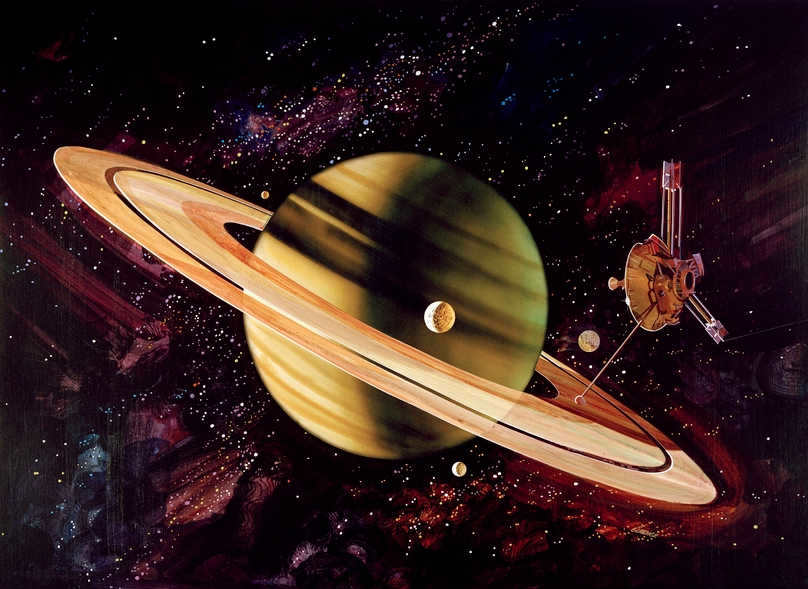
In 1980 and 1981, Voyager 1 and Voyager 2 embarked on a journey to Saturn, reaching their destination one year apart.
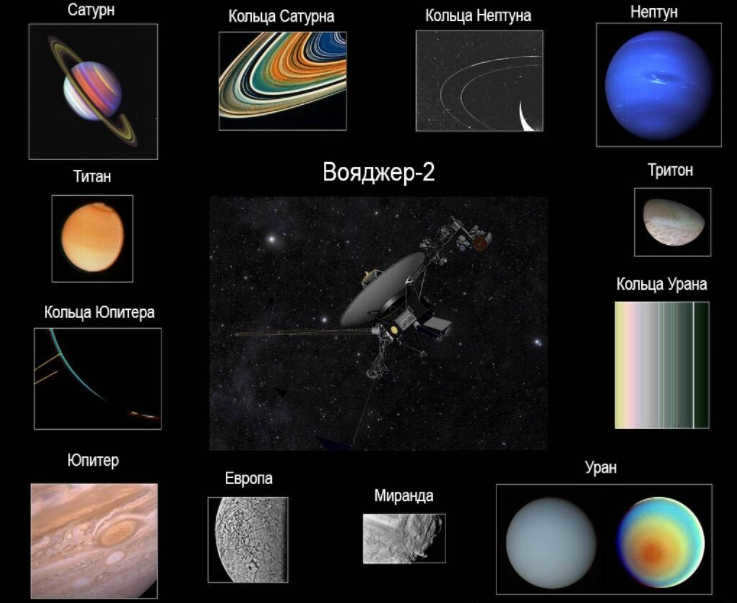
The Cassini spacecraft, launched in 1997 and arriving in Saturn’s orbit after seven years of travel, made the most significant contribution to the exploration of Saturn.

The use of Cassini’s cameras has resulted in the uncovering of several important findings, including the identification of previously unknown rings or bodies of liquid hydrocarbons on Titan.
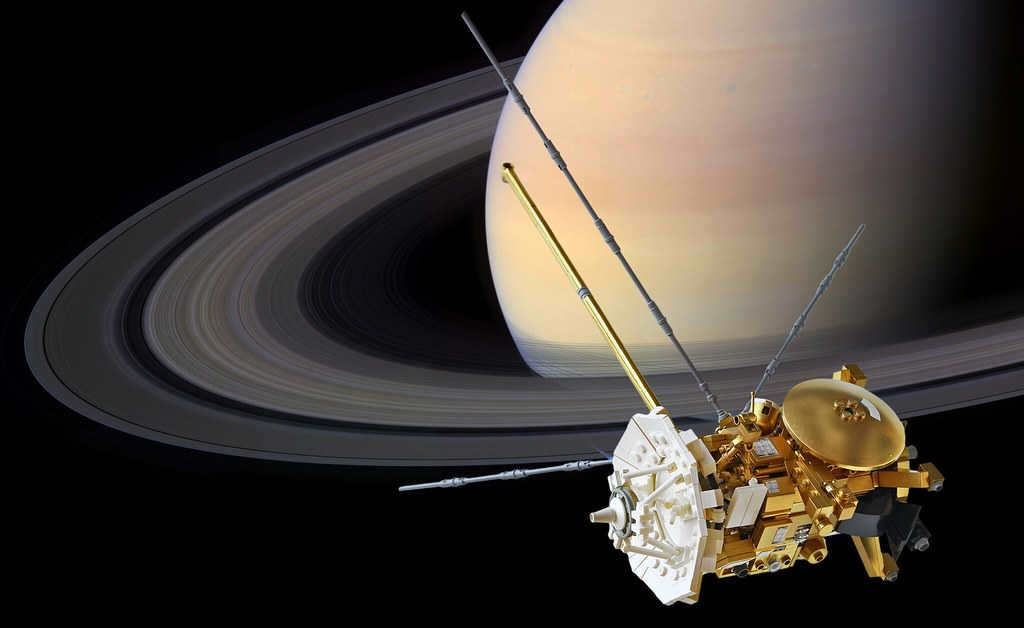
From 2004 to 2017, the spacecraft circled around the enormous gas planet. After successfully finishing its assigned task, it was intentionally directed towards Saturn, where it ultimately disintegrated within the planet’s atmosphere.
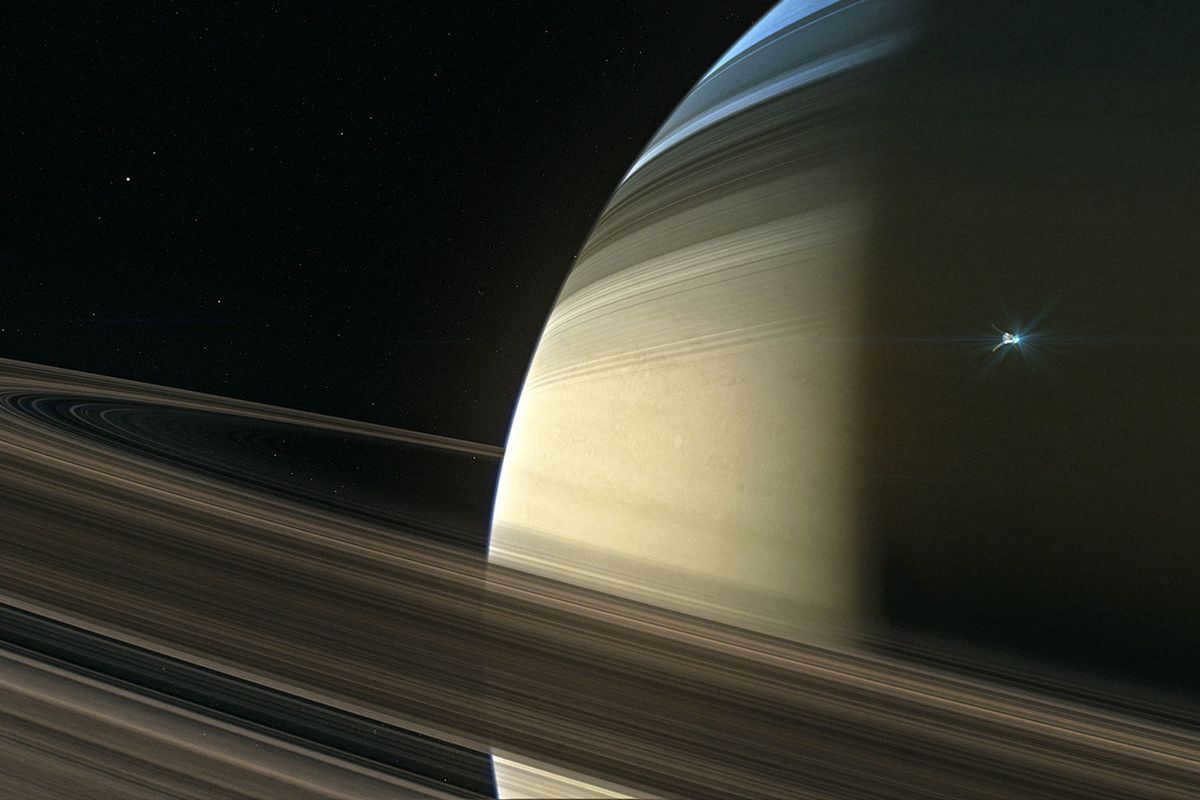
An engaging video about the subject:
Did You Know?
Discover some fascinating trivia about Saturn! These interesting facts about the mesmerizing gas giant will not only provide you with knowledge about its position in the solar system, but also highlight its extraordinary characteristics that make it a truly captivating celestial object.

- Saturn, the sixth planet from the Sun, is easily observable in the sky without the need for a telescope.
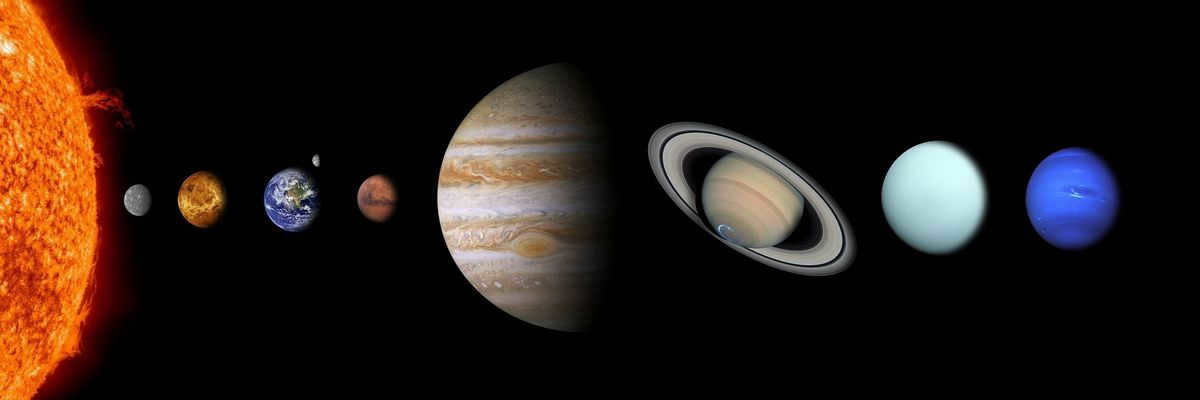
- At a distance of 1 million kilometers, one can feel the tremendous strength of its magnetic field.


- A hexagonal dark vortex is observed above the planet’s North Pole, and scientists have yet to provide a scientific explanation for this phenomenon.
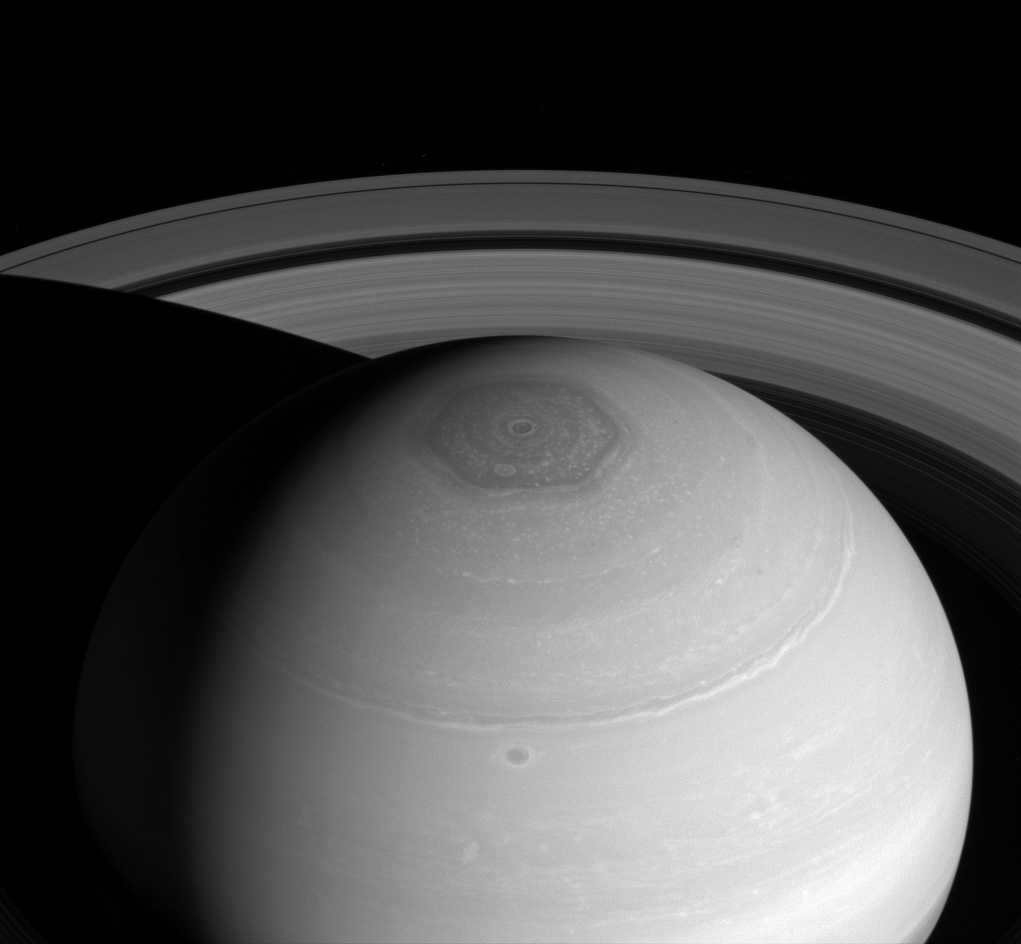
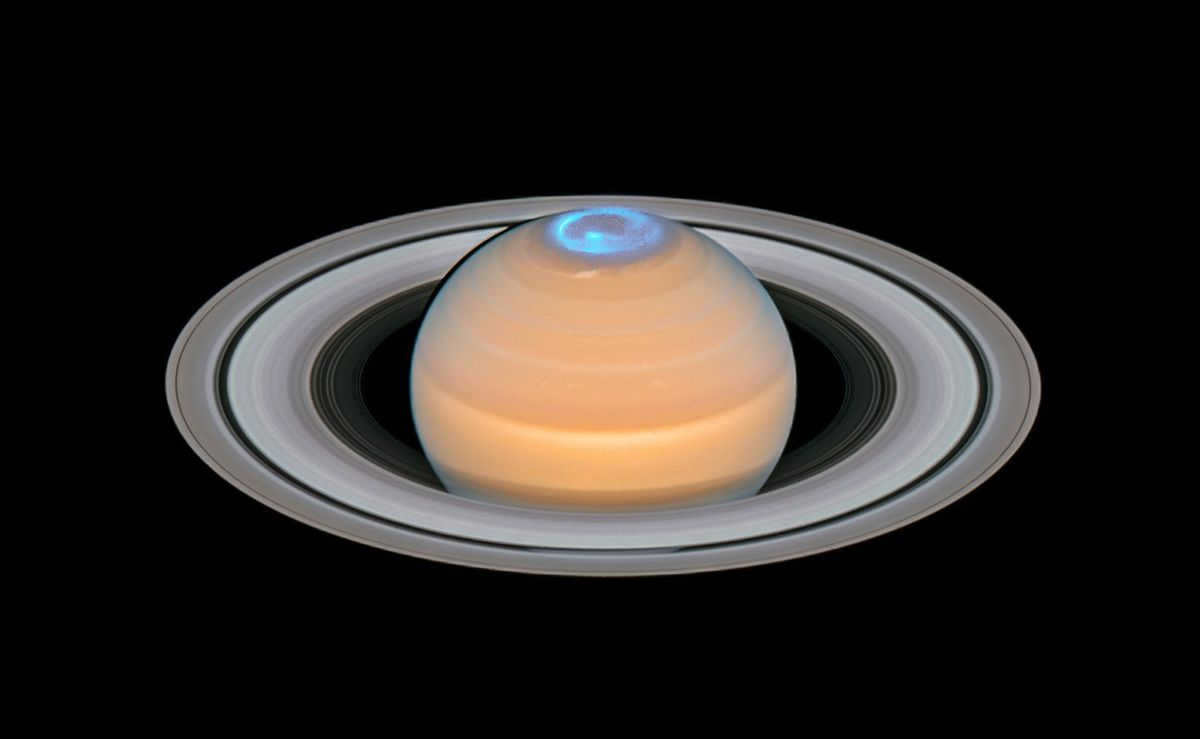
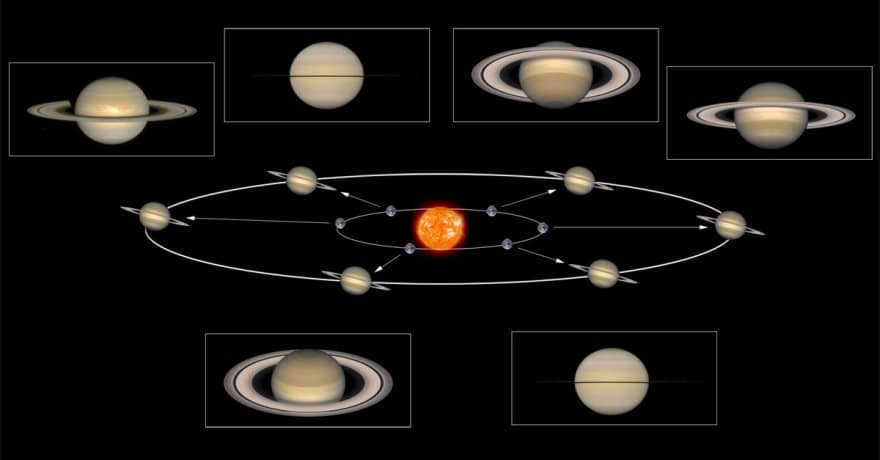
- The Cassini spacecraft has reported that certain rings exhibit peculiar formations: particles gather in the crests and uneven areas and increase in height, reaching up to 2 meters.
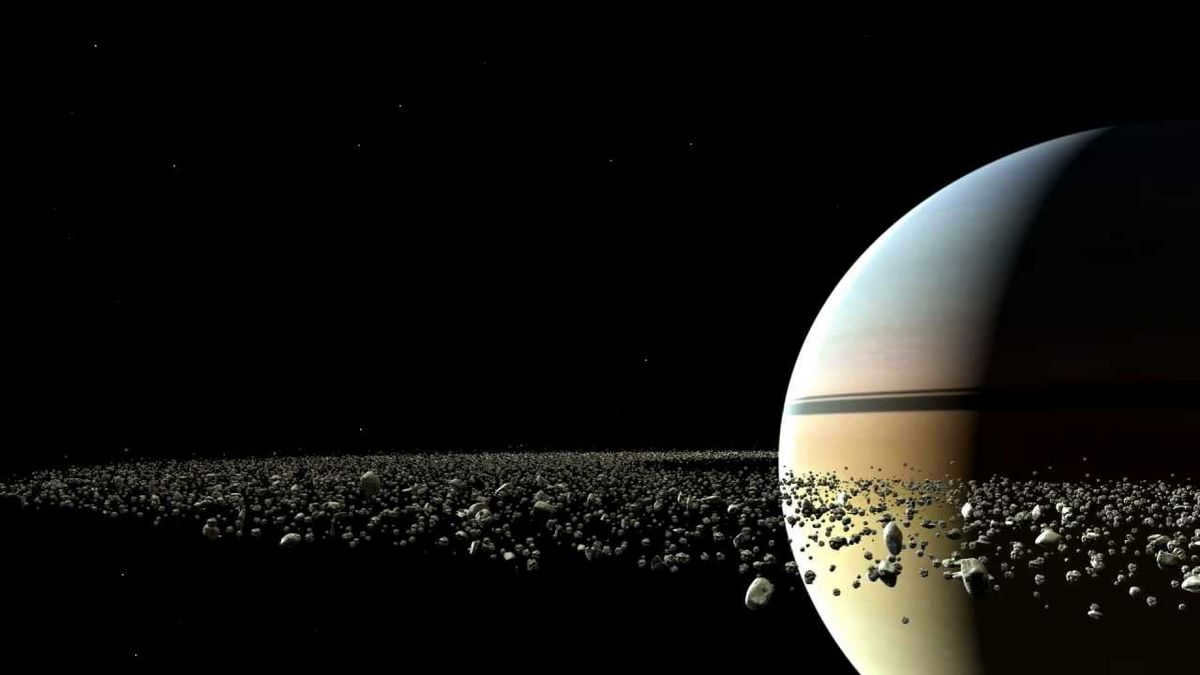
- In 2010, scientists observed the strongest hurricane on Saturn, with wind speeds reaching 150 m/s and a main funnel diameter of 2000 km.

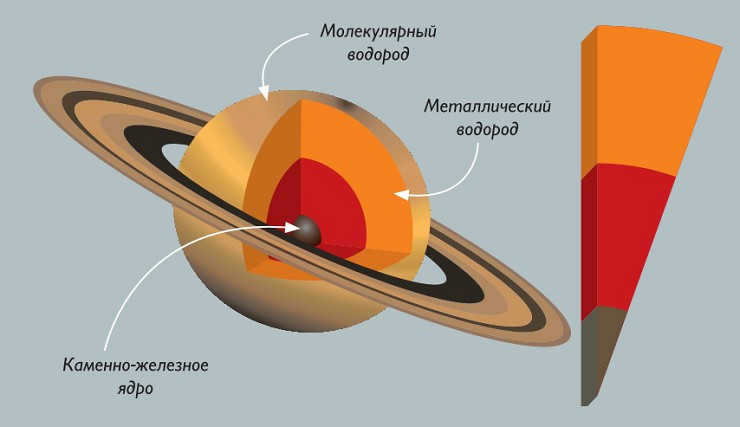
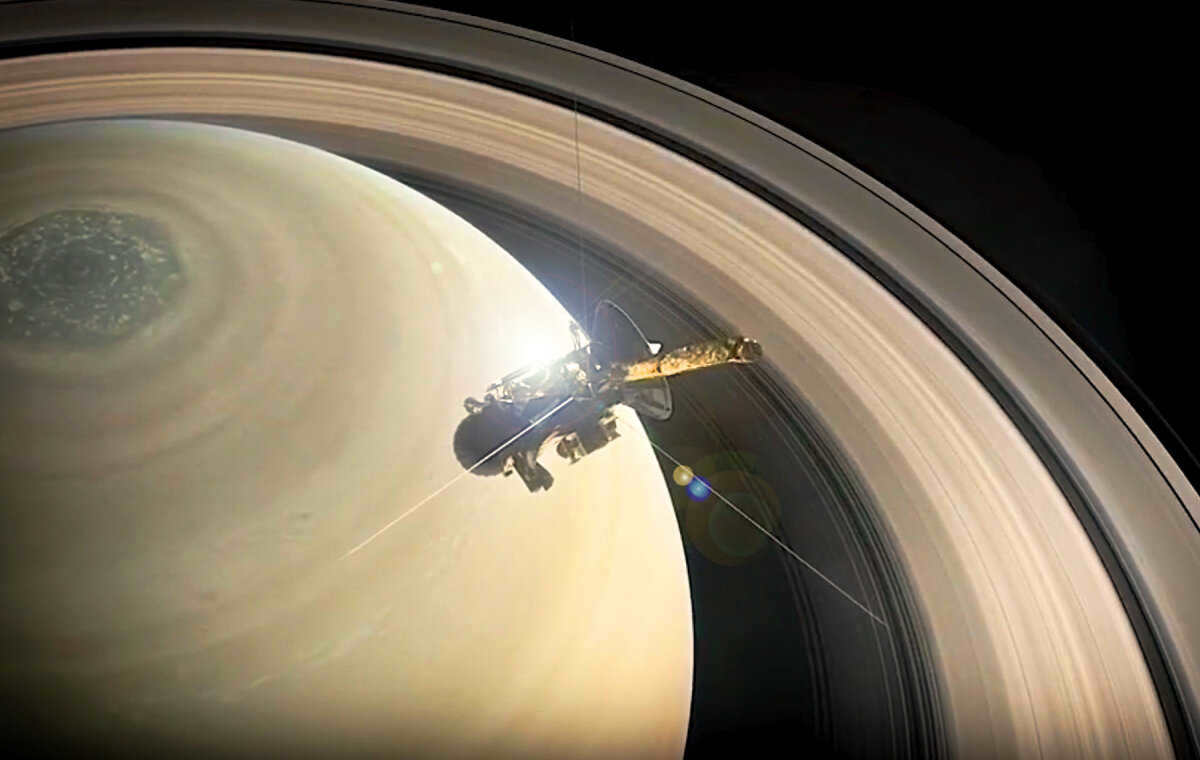
Watch a video about:
Despite being located far away from our planet, astronomers are actively conducting research on this celestial body. A thick layer of gas clouds obscures many internal processes from telescopes, but scientists have managed to measure the temperature of Saturn. Despite receiving minimal sunlight and heat, the planet’s interior is surprisingly hot, and there is a logical explanation for this phenomenon.

Temperature variations in Saturn’s atmosphere
Saturn is classified as a gas giant, along with Jupiter, Uranus, and Neptune, in the solar system. The composition of Saturn’s atmosphere consists mainly of hydrogen (96.3% by volume) and helium (3.25%), with traces of methane, ethane, and phosphine. Additionally, it contains nitrogen, oxygen, sulfur, and ammonia, which contribute to the formation of distinct bands that are observable through telescopes.
Beneath the atmosphere lies a mantle of boiling metallic hydrogen. At the core of the planet, there is a combination of metals, silicon salts, and ice in a unique chemical state. Since Saturn lacks a solid surface, its “surface” is defined as the point where the pressure reaches 1 bar.
Saturn’s atmosphere is characterized by three distinct cloud layers, each with its own physical properties.
- The upper layer, which is composed of clouds of ammonia ice, has a temperature range of -173 to -177°C (minimum value).
- In the middle section, which consists of ammonium hydrosulfide ice, the temperature rises to -93°C. As the pressure increases in the water ice shell, the values increase from -81°C to -3°C.
- The lower layer maintains a temperature of approximately 83°C at a pressure of hundreds of millions of pascals (similar to the pressure found in the depths of Earth’s oceans).
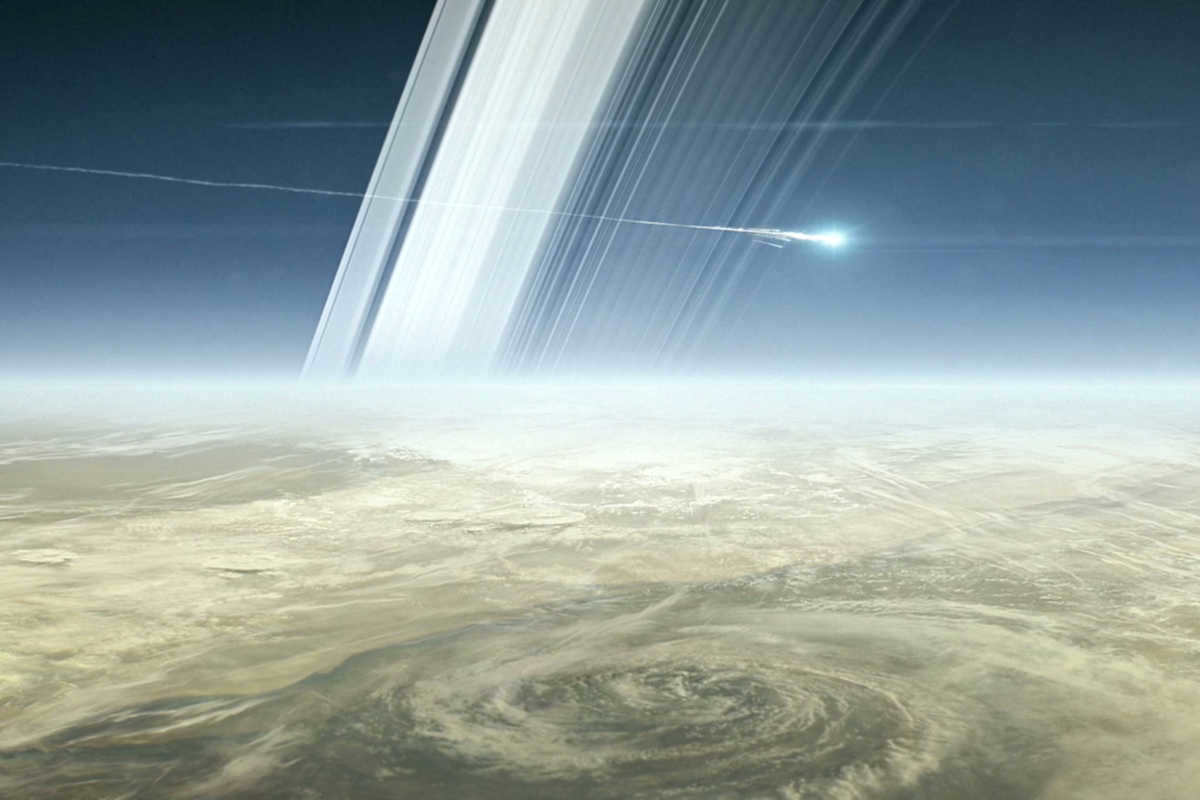
When Saturn’s atmospheric pressure is ten times greater than that of Earth, it becomes a pleasant temperature for humans (+21°C). It is believed that the maximum temperature of the planet’s core is +11700…+11800 degrees Celsius, which is twice as hot as the surface of the Sun.
The planet Saturn is warmed by its metallic core, which generates more energy than it receives from the Sun. The core weighs somewhere between 9 and 22 times the mass of Earth. It is believed by scientists that the core initially formed independently and then attracted gases through gravity, leading to the creation of a massive celestial body. The formation process involved the presence of liquid hydrogen, which, due to temperature and pressure, separated from the core and transformed into non-metallic elements and gases.
The infrared spectrograph aboard the Cassini spacecraft, which concluded its examination of the planet on September 17, 2017, provided valuable insights into changes occurring within Saturn. It uncovered an unexpected pattern of heat emission from the planet’s core between 2005 and 2009, with the majority originating from the southern hemisphere. This defied conventional belief that planets evenly radiate heat energy in all directions, much like the Sun.
Surprisingly, Saturn’s southern hemisphere emitted approximately 1/6 more heat than anticipated. Scientists have attempted to link this phenomenon to the planet’s long-lasting seasons, which each span seven years. During the five-year period of observations, the southern region experienced summer while the northern part underwent cooling. In 2009, the northern hemisphere began to warm, yet the radiation temperature remained lower than predicted.
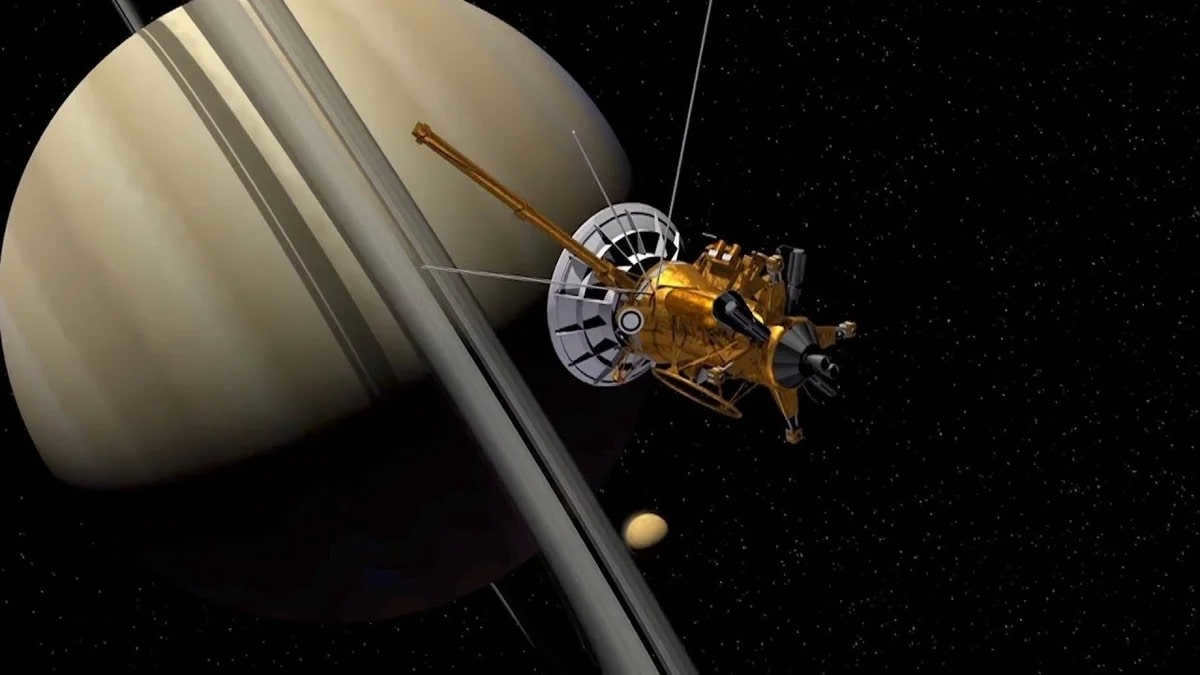
Researchers examined data gathered by the Voyager spacecraft from 1980 to 1981, but no disparity in the amount of heat radiated by the planet’s two hemispheres was found during this initial timeframe. This indicated that the phenomenon could be attributed to fluctuations in solar activity, alterations in cloud density, and internal factors within the planet itself.
Research has shown that the length of the planetary days on Saturn is 10 hours 3 minutes 29 seconds. The speed of the air mass flow in the eastward direction during axial rotation reaches a staggering 1800 km/h. The Sun is positioned at a distance of 1427 million kilometers from Saturn. Despite its distance, it appears as a prominent star when observed from the planet’s cloudy surface. This means that the temperature of the planet’s atmosphere remains constant throughout the day and night. Similarly, the pressure increases as one descends into the planet’s interior.
At a pressure of 0.1 bar, the average temperature measures 84 K (-189.15 ºC), whereas at 1 bar it reaches 134 K (-139.15 ºC). As one moves closer to the core, the temperature rises to tens of thousands of degrees. The dense clouds in Saturn’s atmosphere create a dark environment where lightning occurs frequently.
As a giant planet filled with gas and a strong central core, this celestial object generates its own heat. The abrupt transitions between the various atmospheric layers result in the formation of storms and hurricanes. Numerous phenomena and occurrences on this planet remain mysterious to scientists, who actively engage in observation and temperature measurements in order to gain a deeper understanding.
Saturn is located at a distance from the Sun that is 10 times greater than the distance between the Earth and the Sun. Consequently, the amount of light reaching each unit of surface area on Saturn is 100 times less than the amount of light reaching a comparable area on Earth. It is evident that the temperature on Saturn must be extremely low. But just how cold is it? In order to ascertain the temperature on Saturn, we need to establish some key details.
When it comes to our home planet, things are pretty straightforward. When we mention the temperature of Earth as a whole, we’re referring to the average temperature of the planet’s surface. However, Saturn is a different story. Unlike Earth, Saturn doesn’t have a solid surface. Therefore, we need to determine the specific temperature we’re interested in. Here are a few options:
- The effective temperature.
- The temperature of Saturn’s upper atmosphere.
- The temperature of Saturn’s clouds and various layers.
- The temperature of Saturn’s surface (more information on what constitutes the “surface” below).
- Lastly, the temperature of the deep layers of the atmosphere, which cannot be directly observed from space.
As per the data provided by Voyagers, Saturn has an effective temperature of 95.0 ± 0.4 K or -178 degrees Celsius.
What does this mean? Saturn is illuminated by the Sun, and as a result, some of the sunlight is reflected while some is absorbed, thus heating up the planet. If Saturn had no other sources of heat, it would eventually reach a state of equilibrium where it would re-radiate all the energy it receives from the Sun in the form of infrared light.
However, the interesting fact is that Saturn actually emits more heat than it receives from the Sun! To be more precise, the temperature of 95 K corresponds to radiating heat of 4.62 W/m². In simpler terms, Saturn radiates 1.78 times more heat than it receives from the Sun.
Consequently, Saturn’s effective temperature is -178° C, which is essentially the average temperature of Saturn’s thermal radiation.
Saturn’s atmospheric composition includes both a stratosphere and a troposphere. The stratosphere is the upper, rarified layer of the atmosphere where, in simple terms, there is an absence of weather. On the other hand, in the troposphere, there are various climate and weather changes occurring.
Temperature in the Stratosphere
Within the stratosphere of Saturn, the temperature is approximately 140 K or slightly above, which is equivalent to -133°C.
Furthermore, the pressure within Saturn’s stratosphere is approximately one thousandth of the pressure experienced at the surface of Earth.
Saturn is characterized by multiple cloud layers that exist at various altitudes.
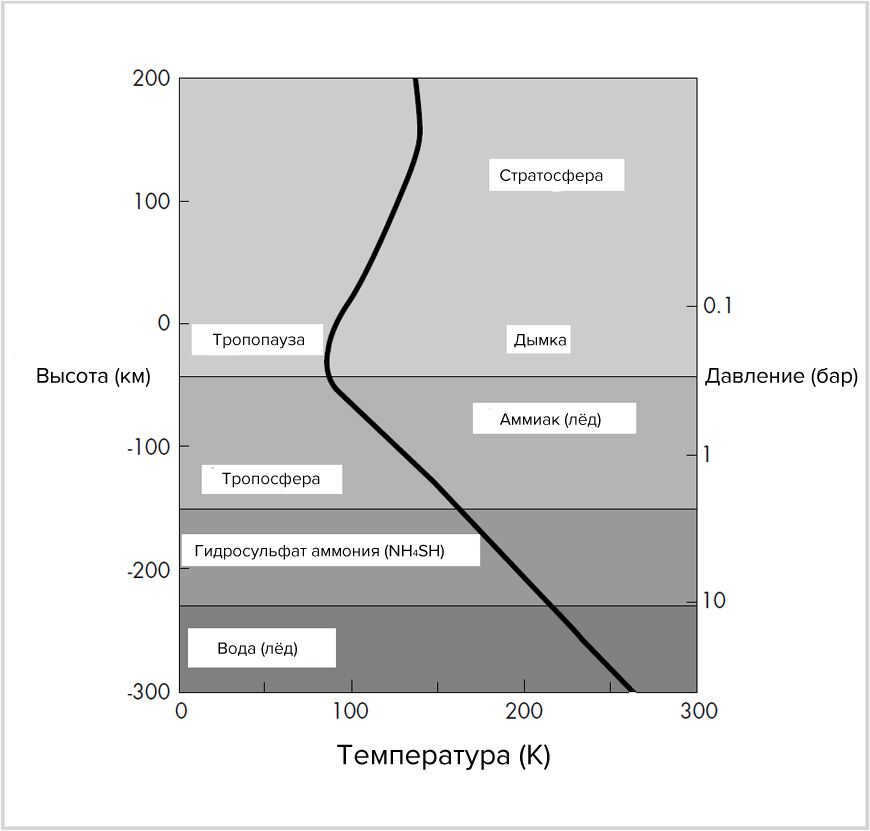
- Clouds made up of tiny ice crystals of ammonia (NH 3 ) are the highest clouds on Saturn. These clouds are located at the boundary between the troposphere and stratosphere, specifically in the tropopause region. At this altitude, the atmospheric pressure is approximately 1/10th of the pressure at the surface of the Earth (0.1 bar). The temperature of these clouds reaches as low as -200°C, making them colder than the rest of Saturn. Therefore, it can be concluded that these clouds represent the coldest spot on Saturn.
- Ultimately, at a depth of around 100-150 kilometers, there exists a stratum of typical clouds comprised of frozen water. The pressure at this particular level is tenfold that of Earth’s atmosphere, while the temperature remains at approximately 0 degrees Celsius.
Temperature Extremes on Saturn
As it is widely understood, Saturn experiences seasonal changes, resulting in varying levels of illumination for its northern and southern hemispheres. During half of Saturn’s year, the northern hemisphere is more exposed to sunlight, while the southern hemisphere takes the spotlight during the other half. These shifts in illumination play a significant role in the temperature fluctuations within Saturn’s atmosphere, which can range from a few degrees to several tens of degrees.

The Surface Temperature of Saturn
As previously stated, Saturn’s surface is composed of an atmospheric layer with a pressure equivalent to that of Earth’s surface. The temperature of this layer measures 134 K or -139°C, which constitutes Saturn’s surface temperature.

As we descend further into the atmosphere, the temperature and pressure start to rise. The surroundings become increasingly darker. Hydrogen and helium become so dense that they transform from a gaseous state to a liquid state, liquefying in the process.
At a depth of approximately 30,000 kilometers, the pressure reaches an astonishing 3 million bar beneath the surface. Under these extreme conditions, hydrogen transitions into a metallic phase. The temperature at this depth is several thousand degrees Celsius, reaching incredibly high levels.
Ultimately, at the very heart of Saturn lies its iron-rock core. This core is twice the size of Earth and approximately 20 times more massive than our own planet. The temperature of this core is estimated to be around 12,000 degrees Celsius, making it an incredibly hot and intense environment.
Adorned with a magnificent and intricate system of icy rings, Saturn stands out as a truly unique planet within our solar system. While other gas giants possess rings, none can compare to the breathtaking spectacle that Saturn’s rings provide.
Saturn, the sixth planet from the Sun, holds the distinction of being the second-largest planet in our solar system.
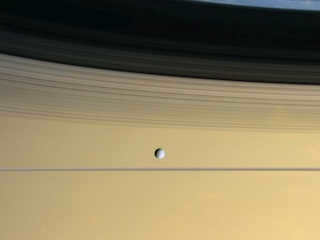
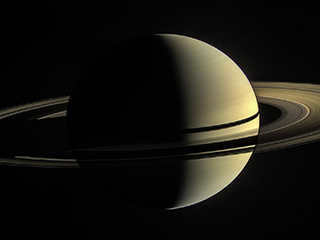
Saturn stands out with its multitude of exquisite curls, making it a one-of-a-kind planet. While other planets also possess rings composed of ice and rock, none can compare to the grandeur and intricacy of Saturn’s rings.
Similar to its celestial neighbor, the gas giant Jupiter, Saturn is a colossal sphere primarily consisting of hydrogen and helium.
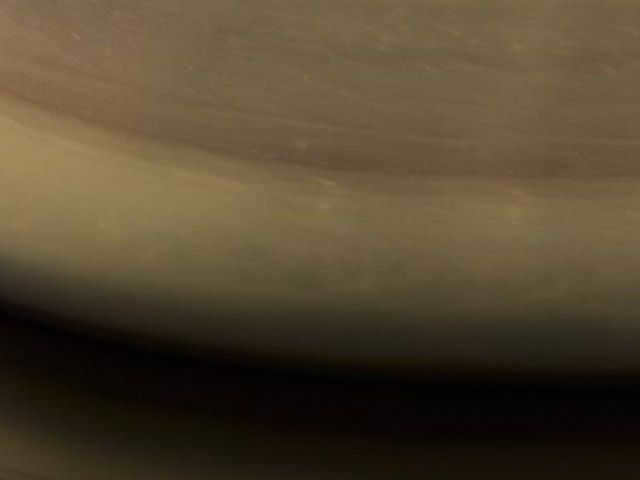
Travel Farther
Discover everything you should be aware of regarding Saturn.
10 Essential Facts About Saturn
A Massive Planet
The diameter of Saturn is nearly equivalent to nine Earths placed side by side, and that’s not even counting its magnificent rings.
In Low Illumination
Saturn, being the sixth planet from our Sun (which happens to be a star), revolves around it at a staggering distance of approximately 886 million miles (1.4 billion kilometers).
Saturn completes one rotation on its axis, known as a “day,” in approximately 10.7 hours (although the exact duration is uncertain), and it takes about 29 Earth years for Saturn to complete one orbit around the sun.
The Solar System’s Gem
A Planet of Gas
Saturn is classified as a gas giant, meaning it lacks a solid surface similar to that of Earth. However, it is possible that Saturn has a solid core hidden within its atmospheric layers.
Saturn’s atmosphere is primarily composed of hydrogen (H2) and helium (He).
A Small Version of the Solar System
Saturn is orbited by 53 confirmed moons, and there are an additional 29 moons that are waiting to be officially recognized, bringing the total number of moons to 82.
Magnificent Rings
Saturn possesses an extraordinary ring system, which consists of seven rings with various gaps and divisions separating them.
Only a few missions have explored Saturn: Pioneer 11 and Voyagers 1 and 2 passed by; however, Cassini completed 294 orbits around Saturn from 2004 to 2017.
A Lifeless Giant
Although Saturn cannot sustain life as we know it, some of its moons possess conditions that could potentially support life.
A Touch of Earth
Roughly two tons of Saturn’s mass originated from Earth—the Cassini spacecraft was deliberately vaporized in Saturn’s atmosphere in 2017.
Pop Culture
Saturn, one of the most famous planets in our solar system, has a strong presence in popular culture. It serves as the setting for various science fiction stories, movies, TV shows, comics, and video games. Some notable examples include the “Cthulhu Mythos,” “WALL-E,” “2001: A Space Odyssey,” “Star Trek,” “Dead Space 2,” and “Final Fantasy VII.” In Tim Burton’s film “Beetlejuice,” a fictional and desolate version of Saturn is inhabited by gigantic sandworms. Additionally, in the 2014 movie “Interstellar,” a wormhole that allows astronauts to travel to another galaxy appears near Saturn. Furthermore, Saturn is associated with Saturday, which is widely regarded as the best day of the week. Kid-Friendly Saturn

Kid-Friendly Facts about Saturn
Saturn is not the only planet in our solar system that has rings, but it is definitely the one with the most stunning rings. These rings are composed of numerous tiny ringlets that encircle Saturn. The ringlets themselves are comprised of ice and rock particles. Similar to Jupiter, Saturn is primarily composed of hydrogen and helium gases. For additional interesting information that is easy for kids to understand, be sure to check out NASA Space Place.
Unique News
Forget about Saturn’s rings, there is so much more to discover about this fascinating planet. One of the most intriguing aspects of Saturn is its collection of enigmatic moons.
Although the Cassini spacecraft has completed its mission, the scientific impact continues. Let’s explore 10 reasons why the Cassini mission was so significant.
Ice is not just limited to Earth’s polar regions – it can be found throughout our solar system and beyond. From the depths of our planet to the heart of Pluto, ice is a common feature.
While most see dust as a nuisance, these minuscule particles play a crucial role across the solar system. They float around and settle on various surfaces, shaping the environment.
The rover’s autonomous driving capabilities will be put to the test as it embarks on a groundbreaking series of sprints towards its next sampling location.
This stunning mosaic of a hill in Jezero Crater was created using Perseverance’s state-of-the-art Mastcam-Z camera system, combining multiple images to enhance the colors and details.
NASA’s Parker Solar Probe has captured its first photographs of the surface of Venus from space, providing a unique perspective on the planet.
A team of researchers is utilizing two NASA aircraft to track winter storms in various parts of the United States, aiming to gain a deeper understanding of their inner workings.
By utilizing data from the Mars Reconnaissance Orbiter, scientists at Caltech have determined that salt minerals left behind by surface water on Mars date back as recently as 2 billion years ago.
In an exciting announcement, scientists have revealed that samples collected by the Curiosity rover on Mars contain a type of carbon typically associated with biological processes on Earth.
Our comprehensive review of NASA’s planetary science endeavors in 2021 showcases an array of breathtaking images, groundbreaking discoveries, and remarkable mission events.
An artistic representation of the view from Curiosity’s perch atop a Martian mountain was crafted by members of the mission team.

